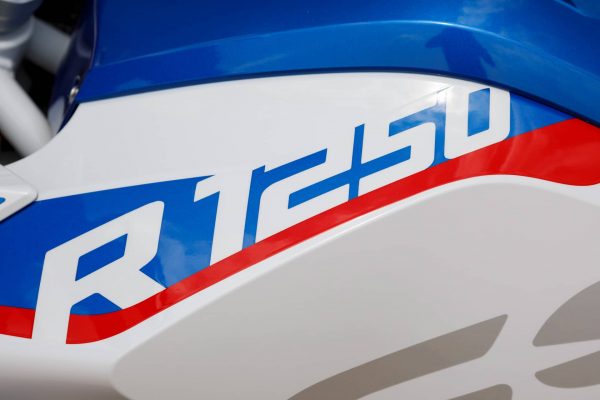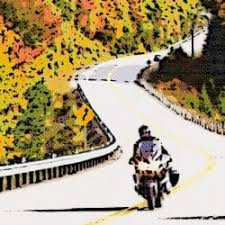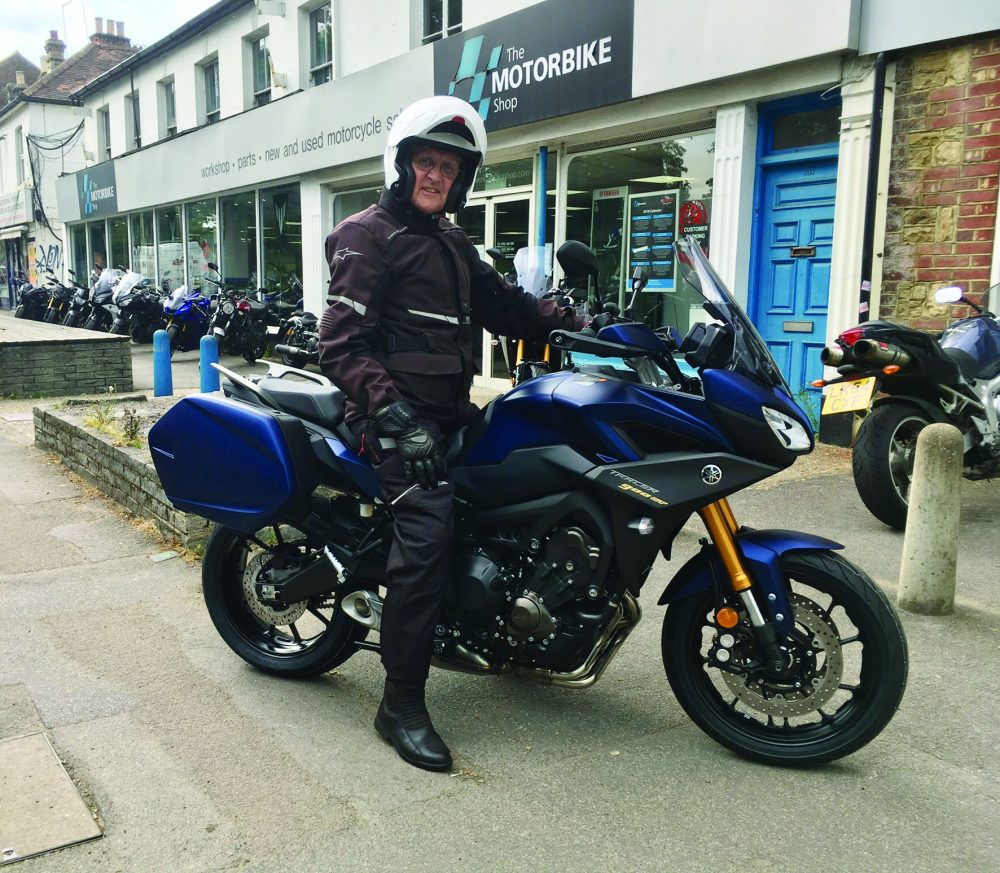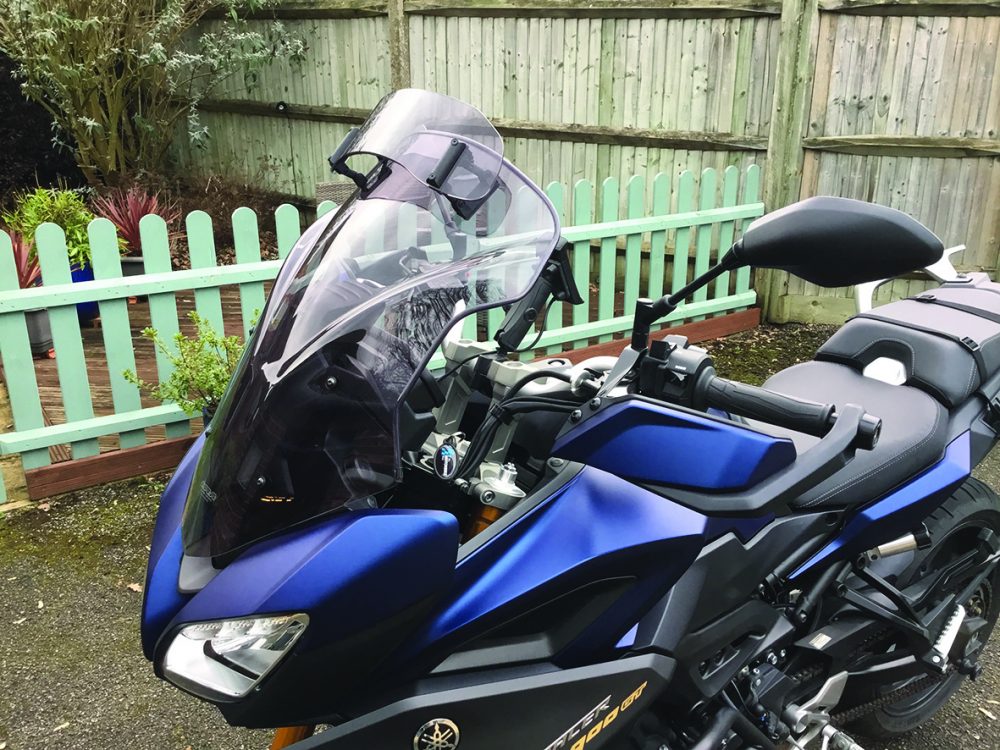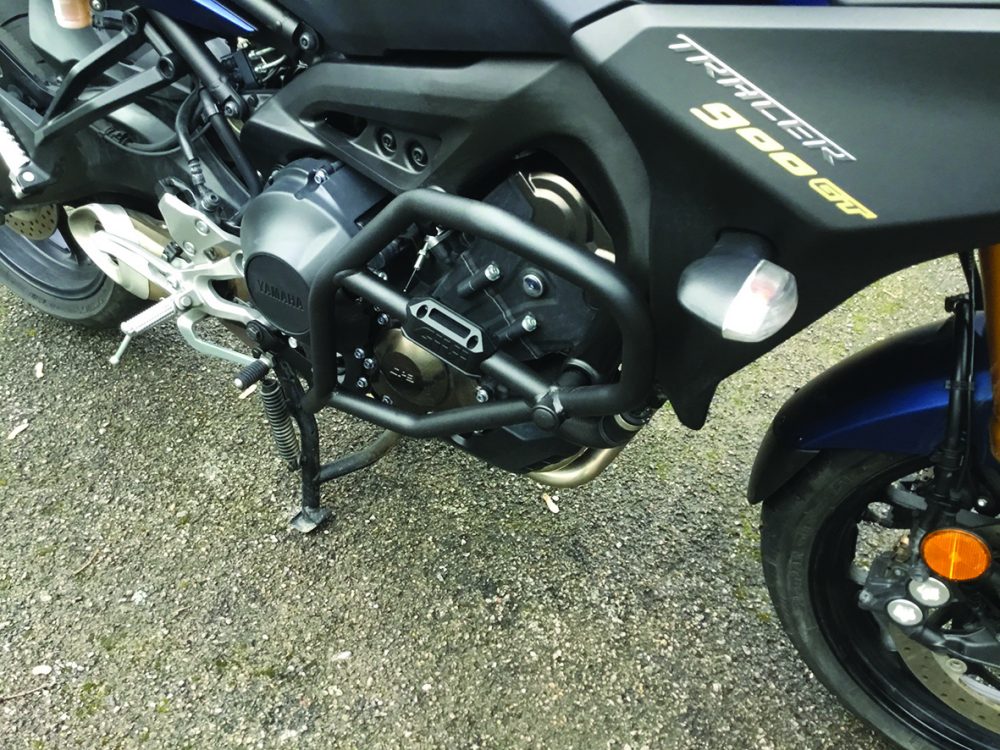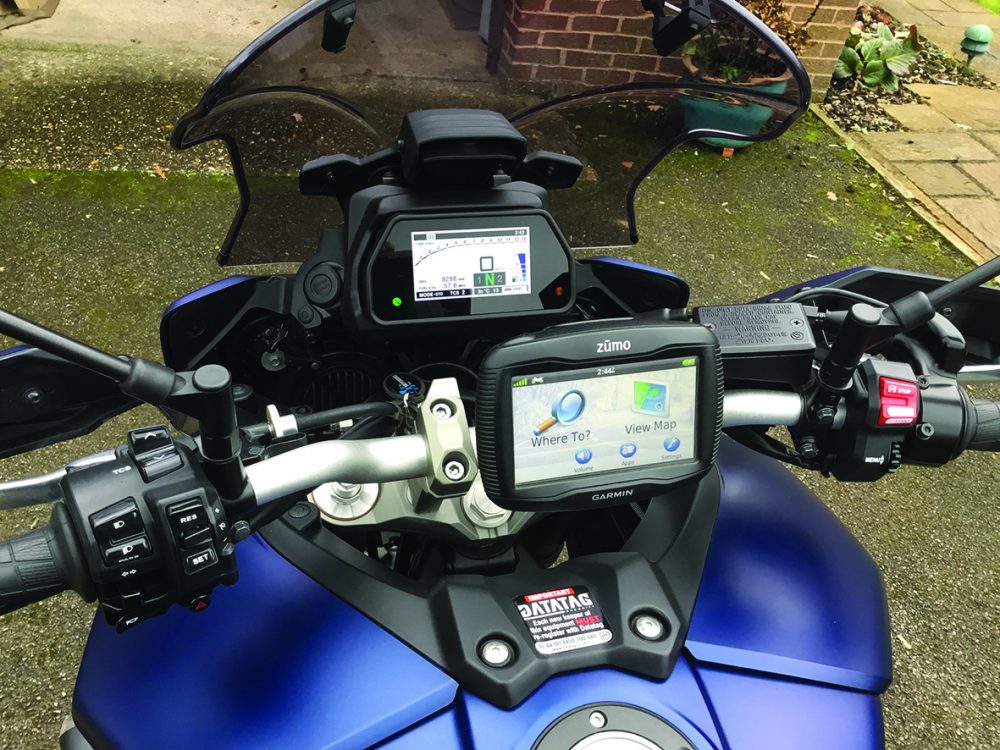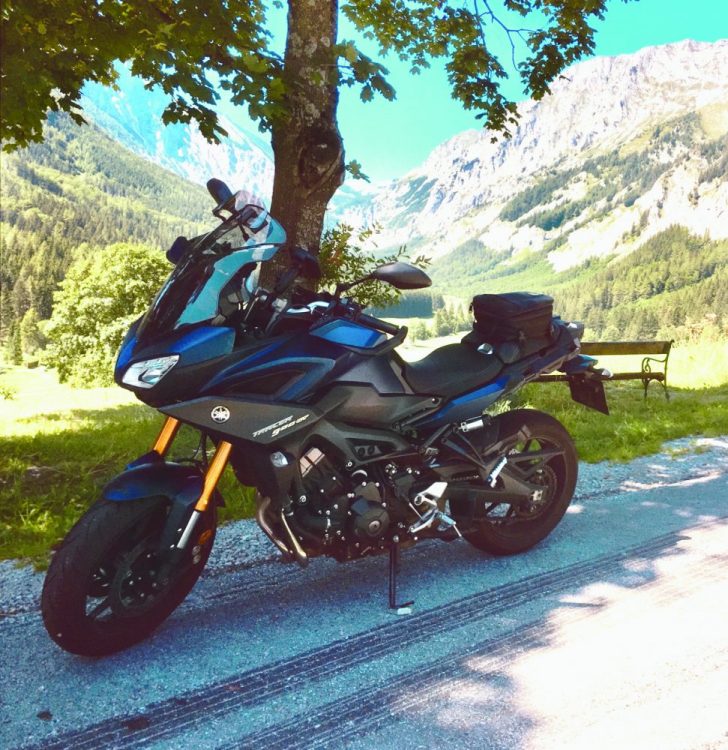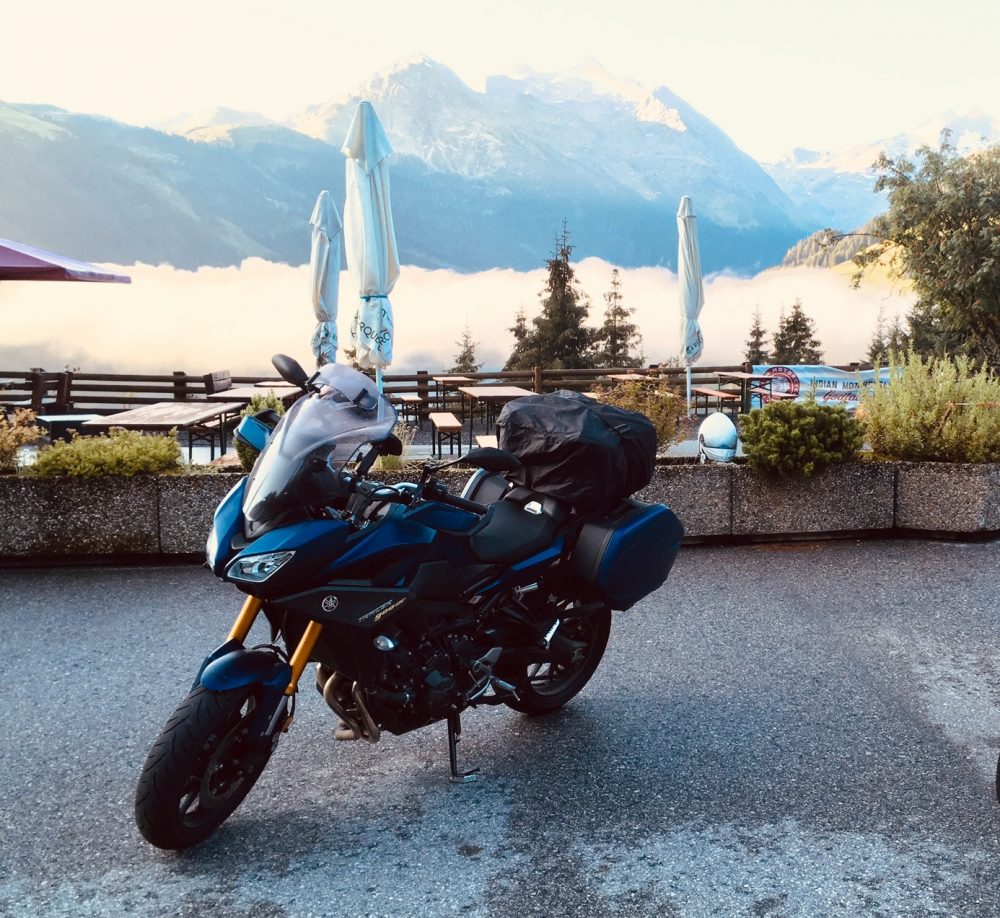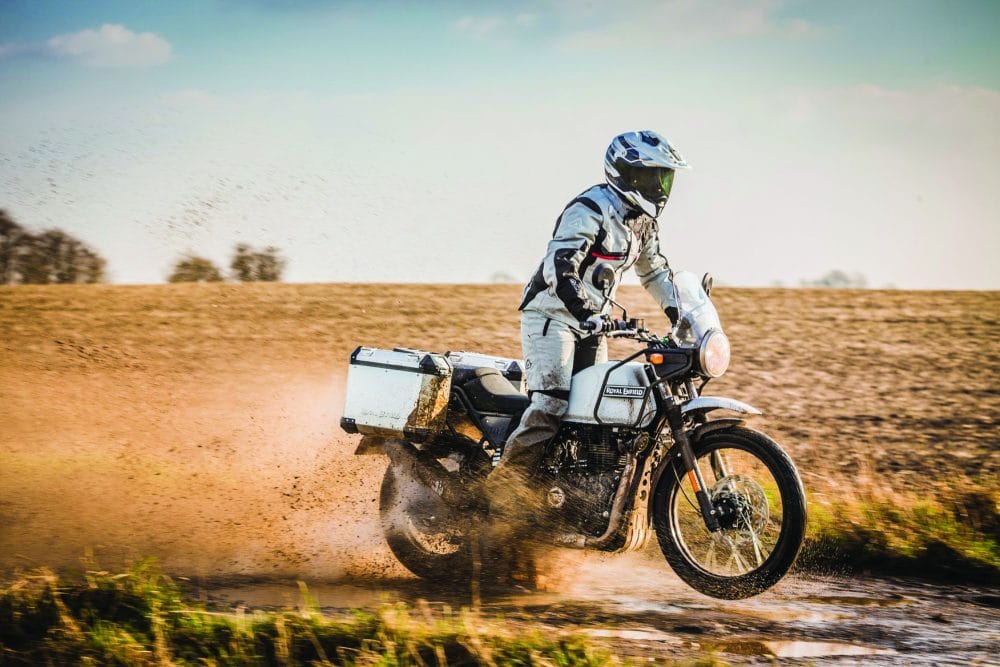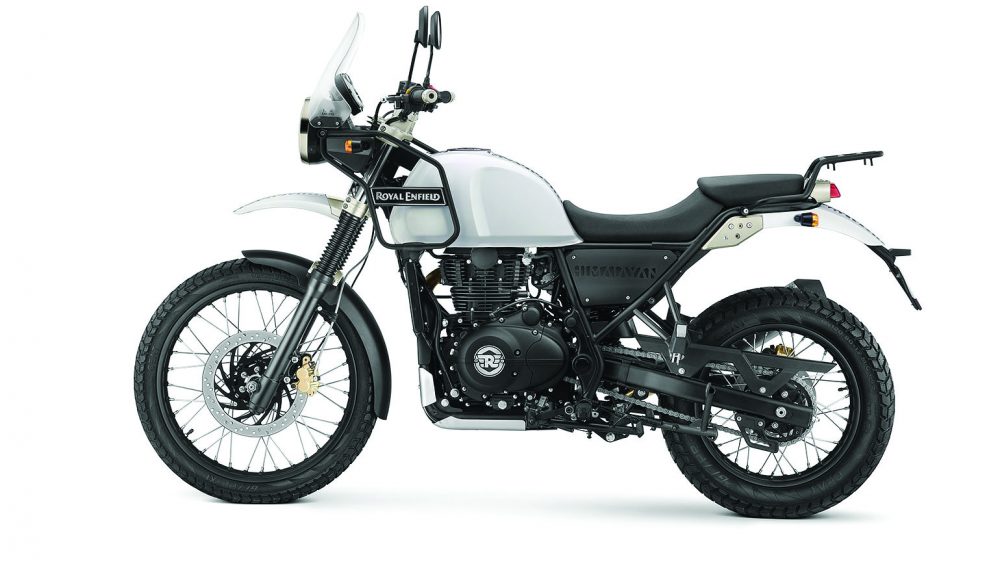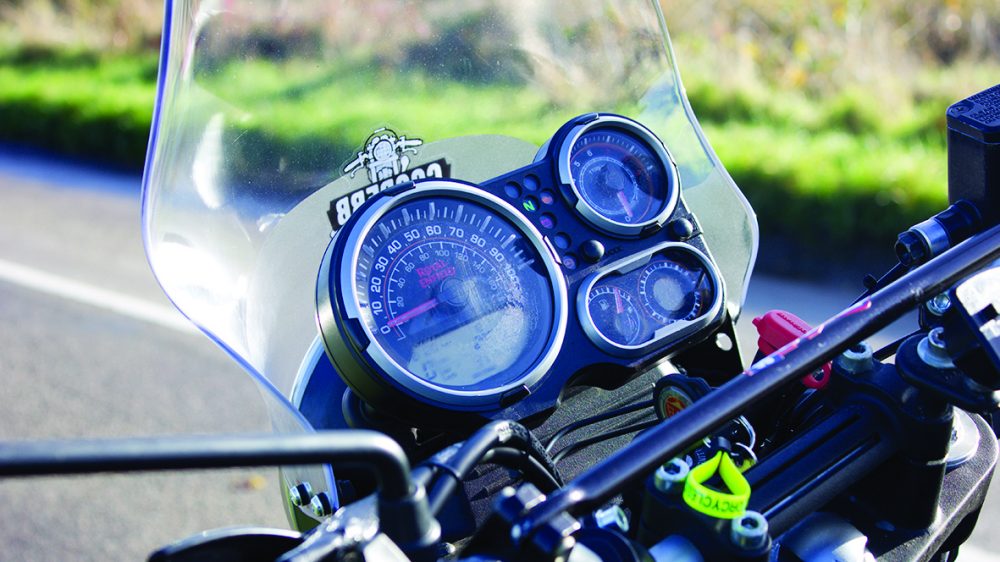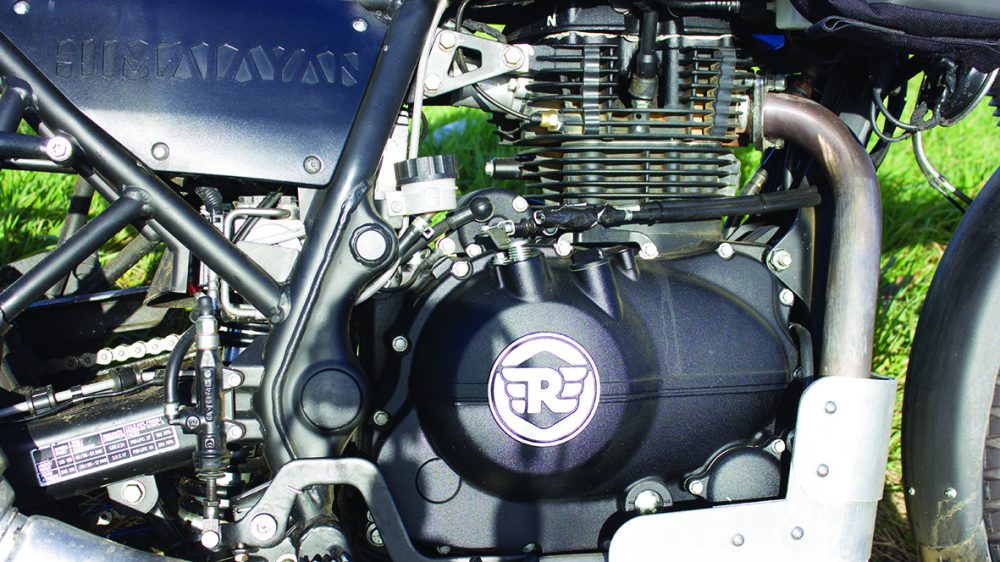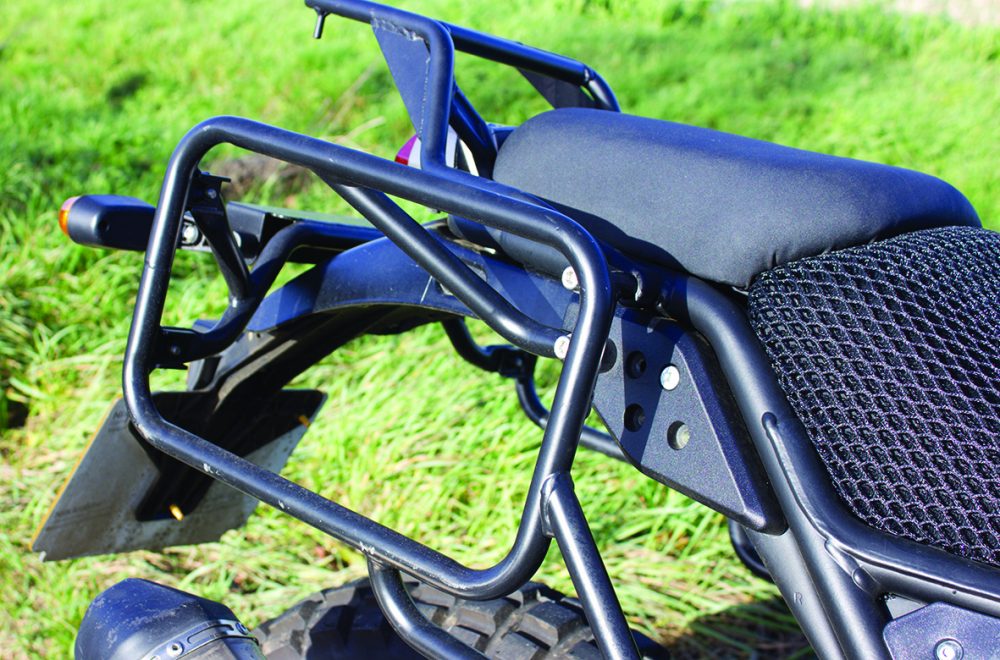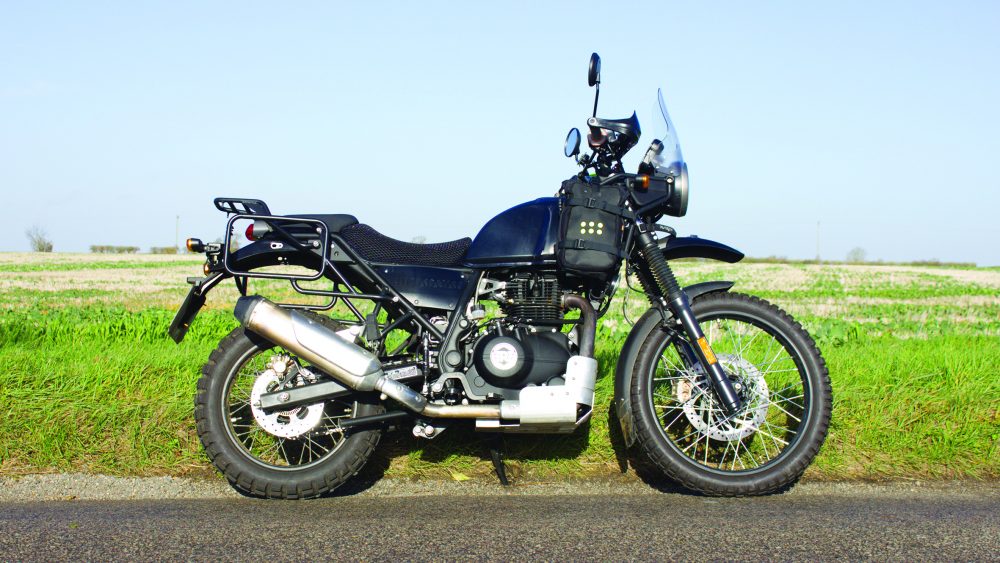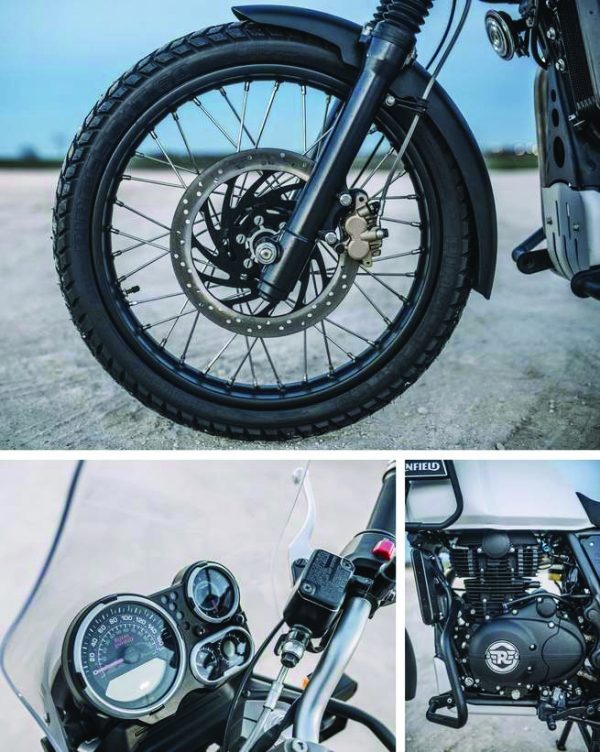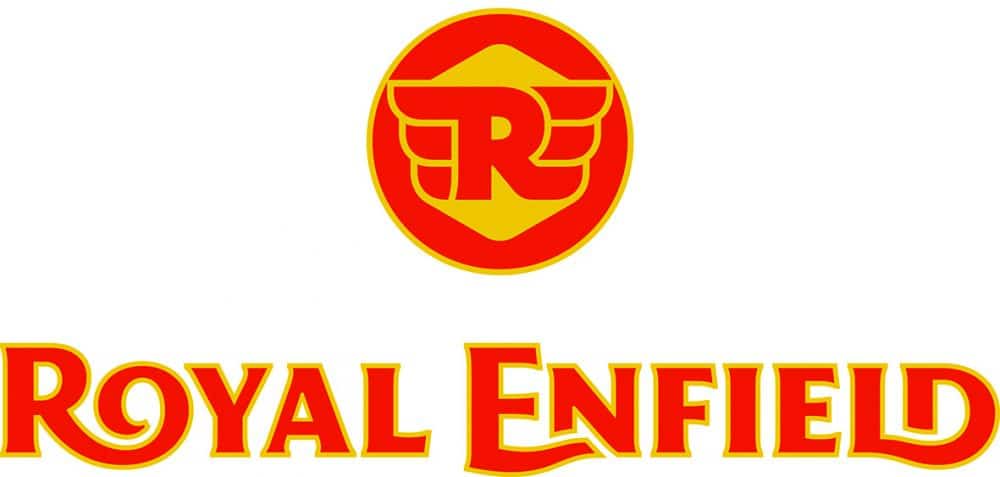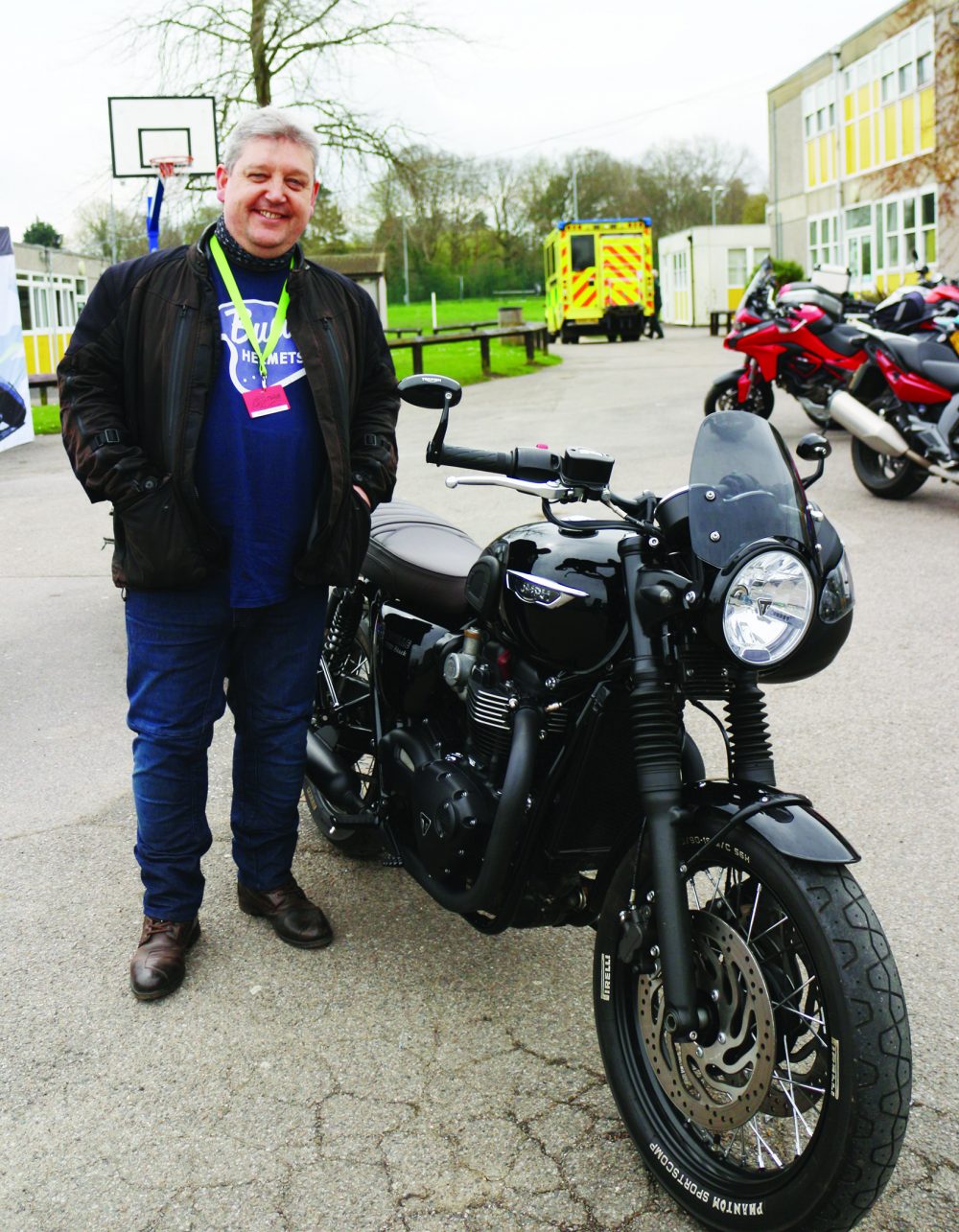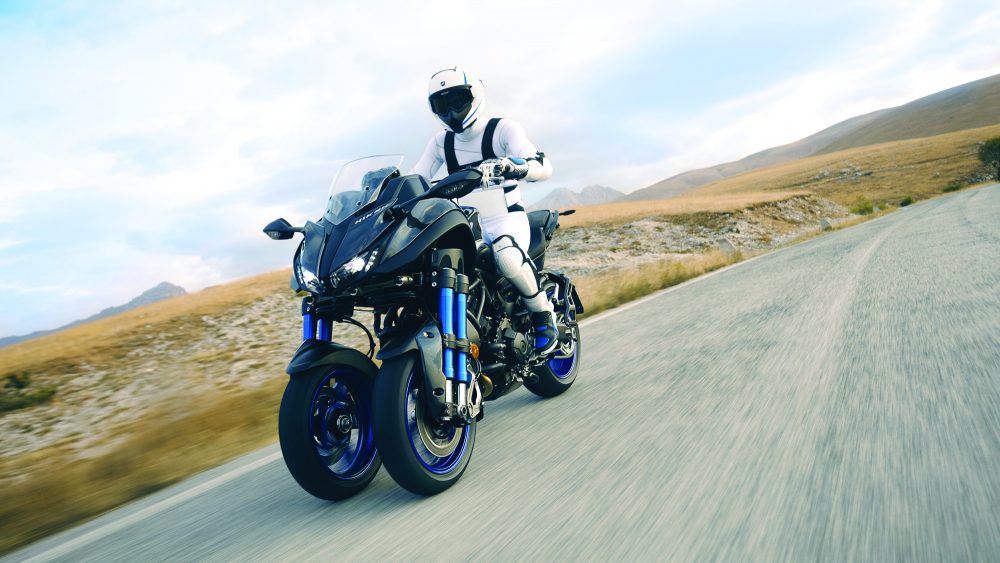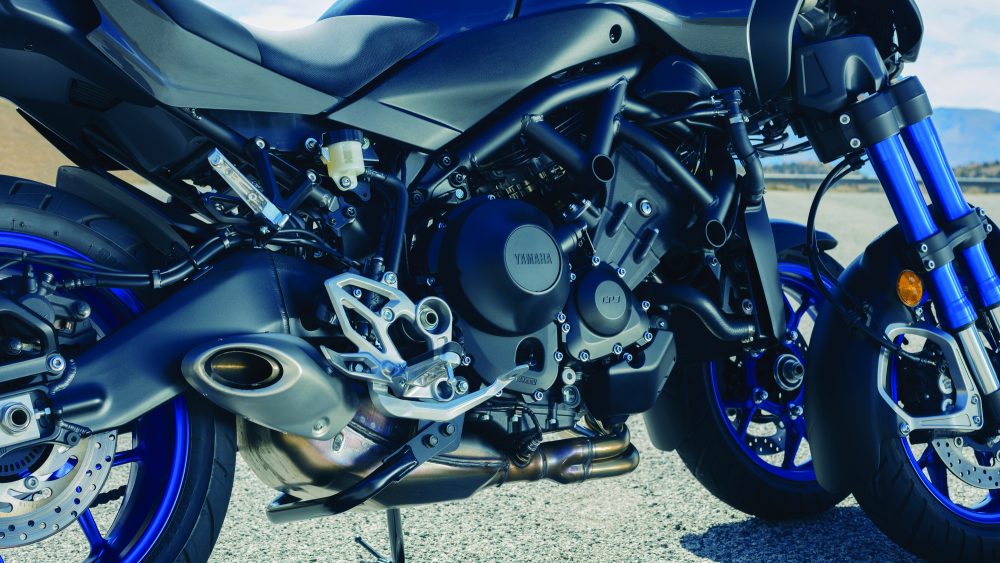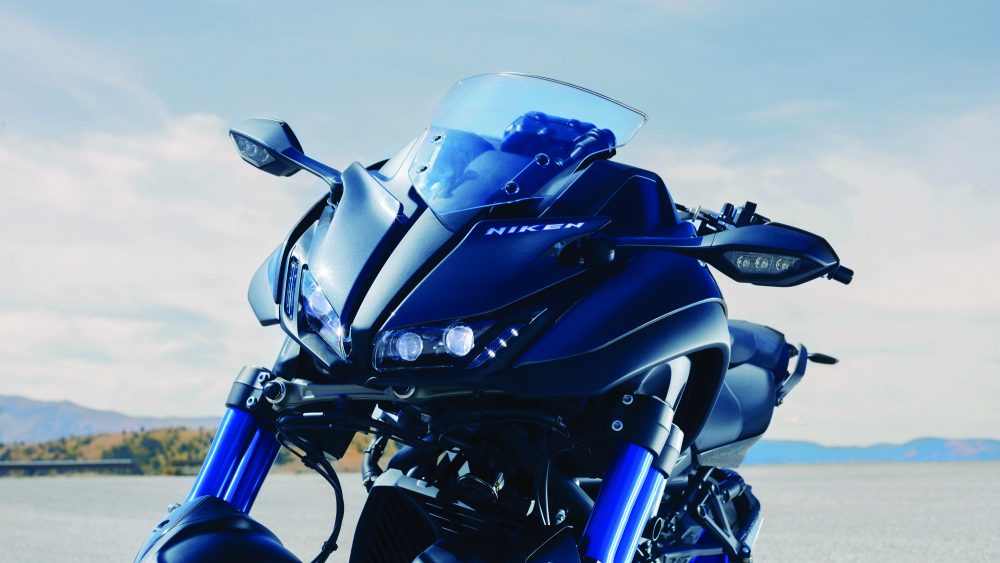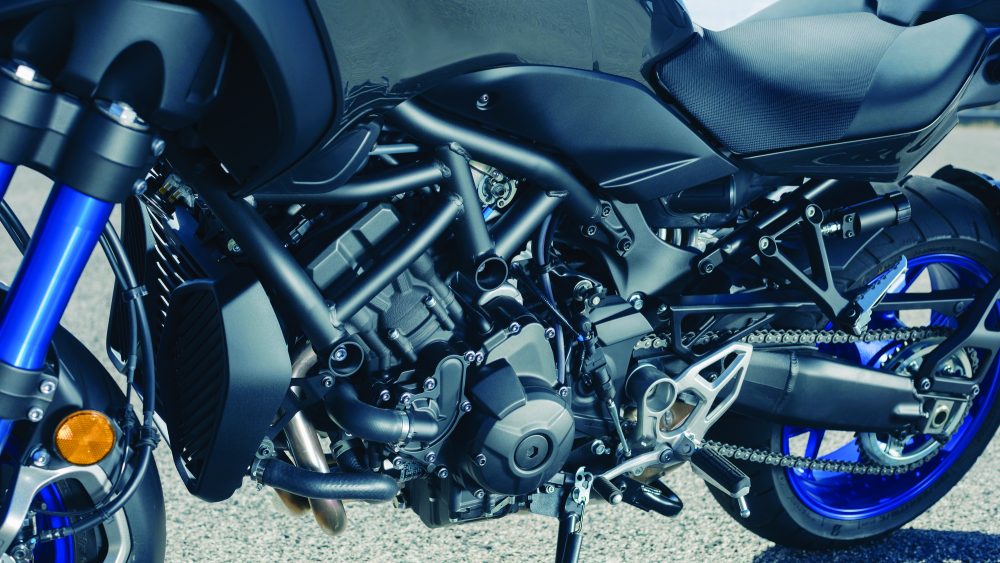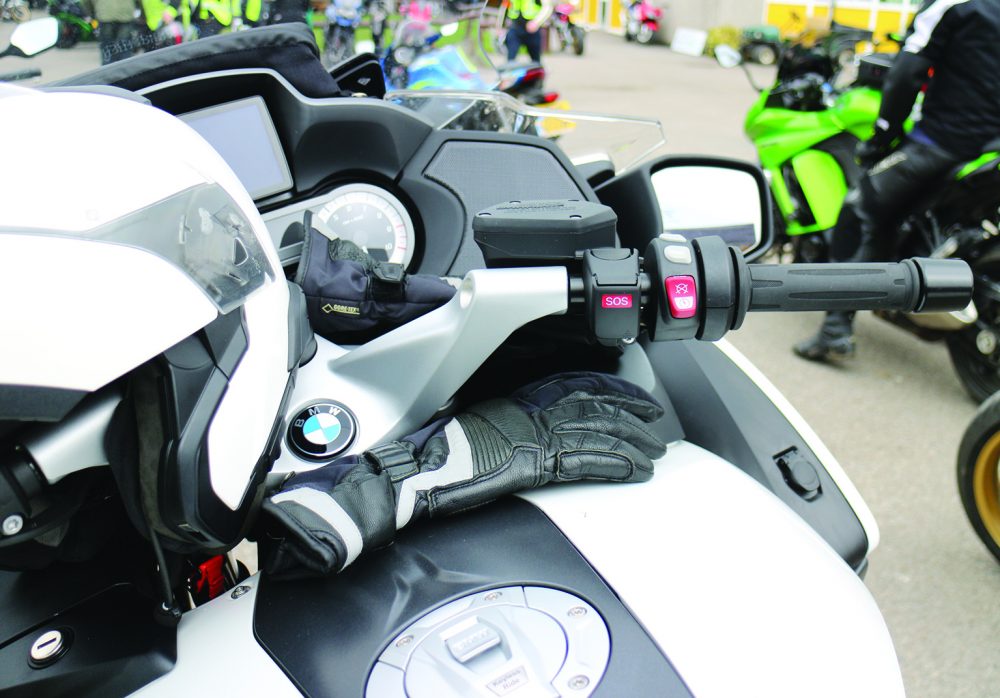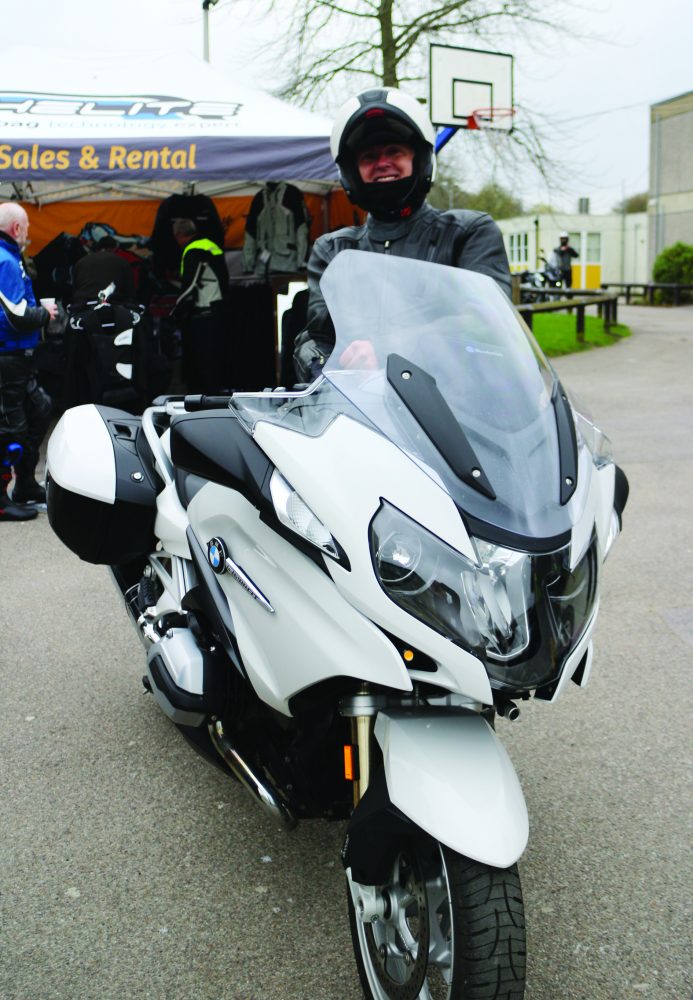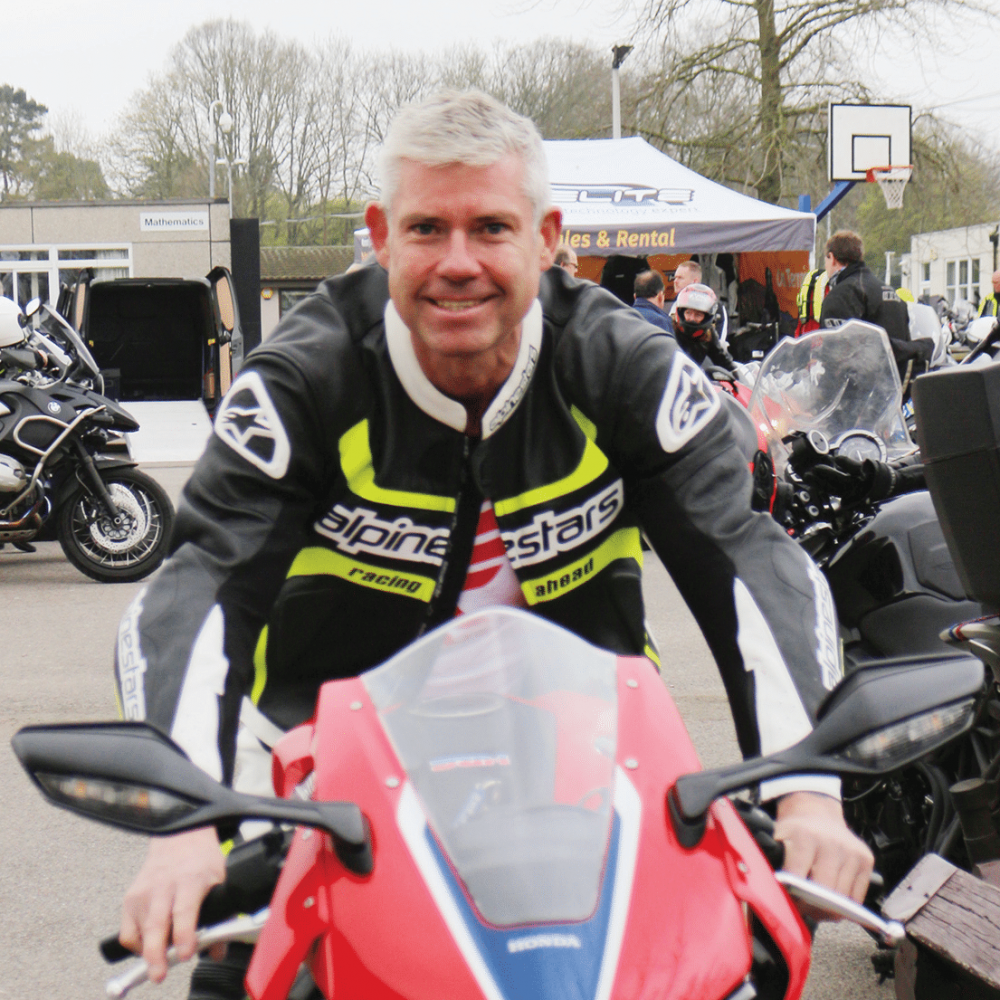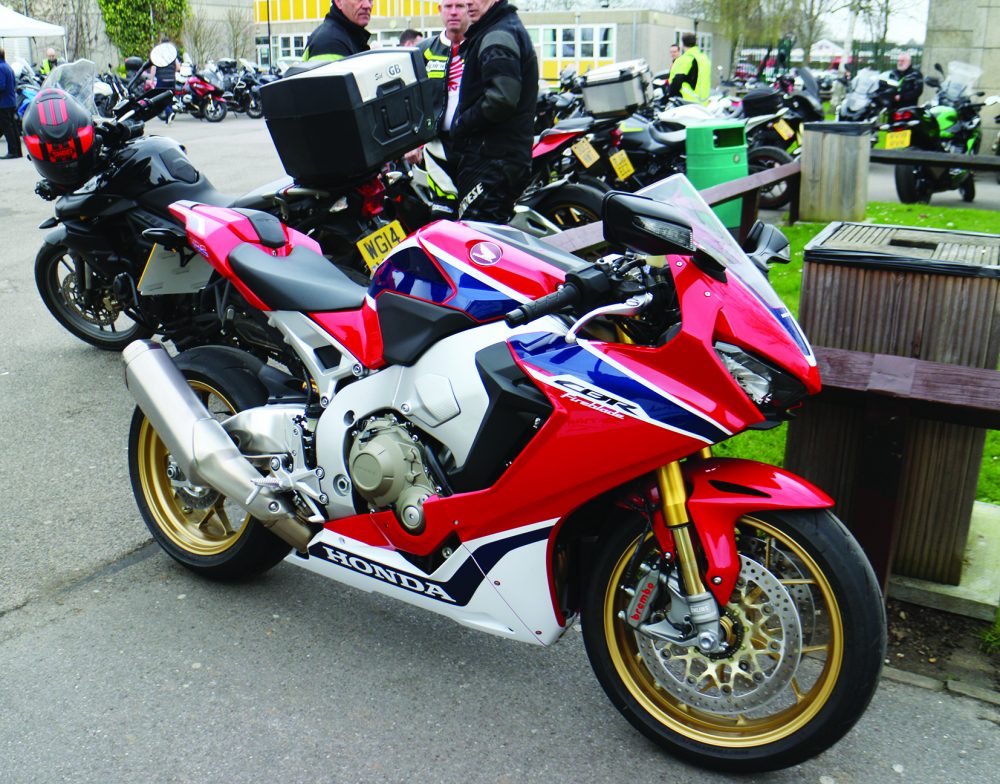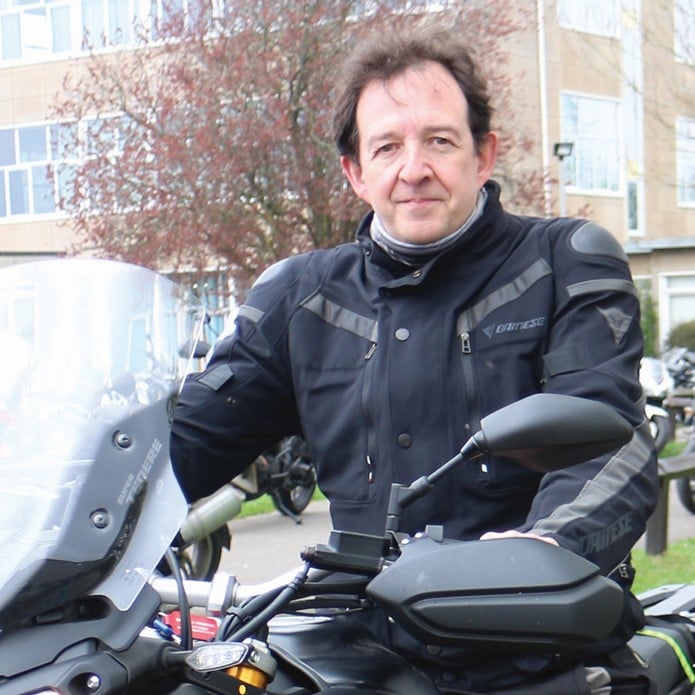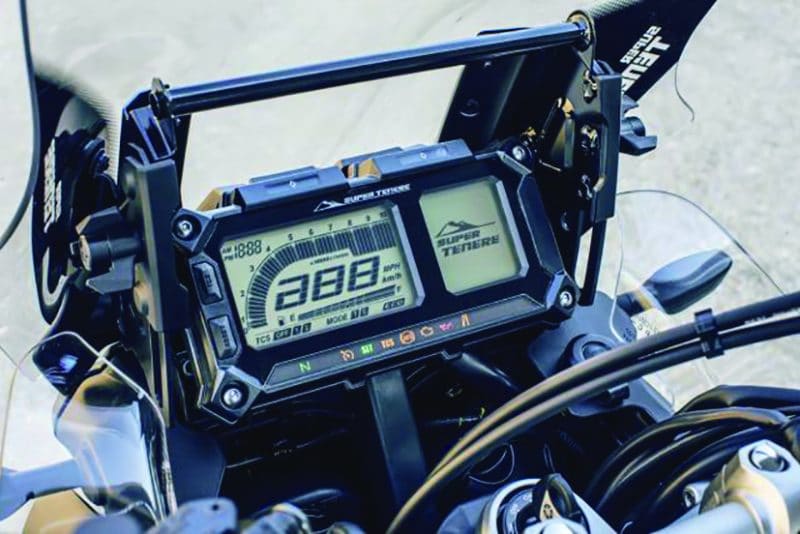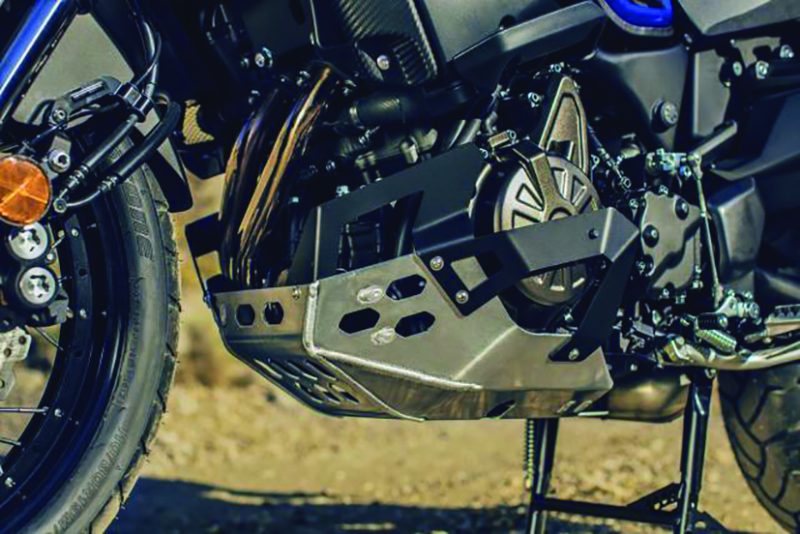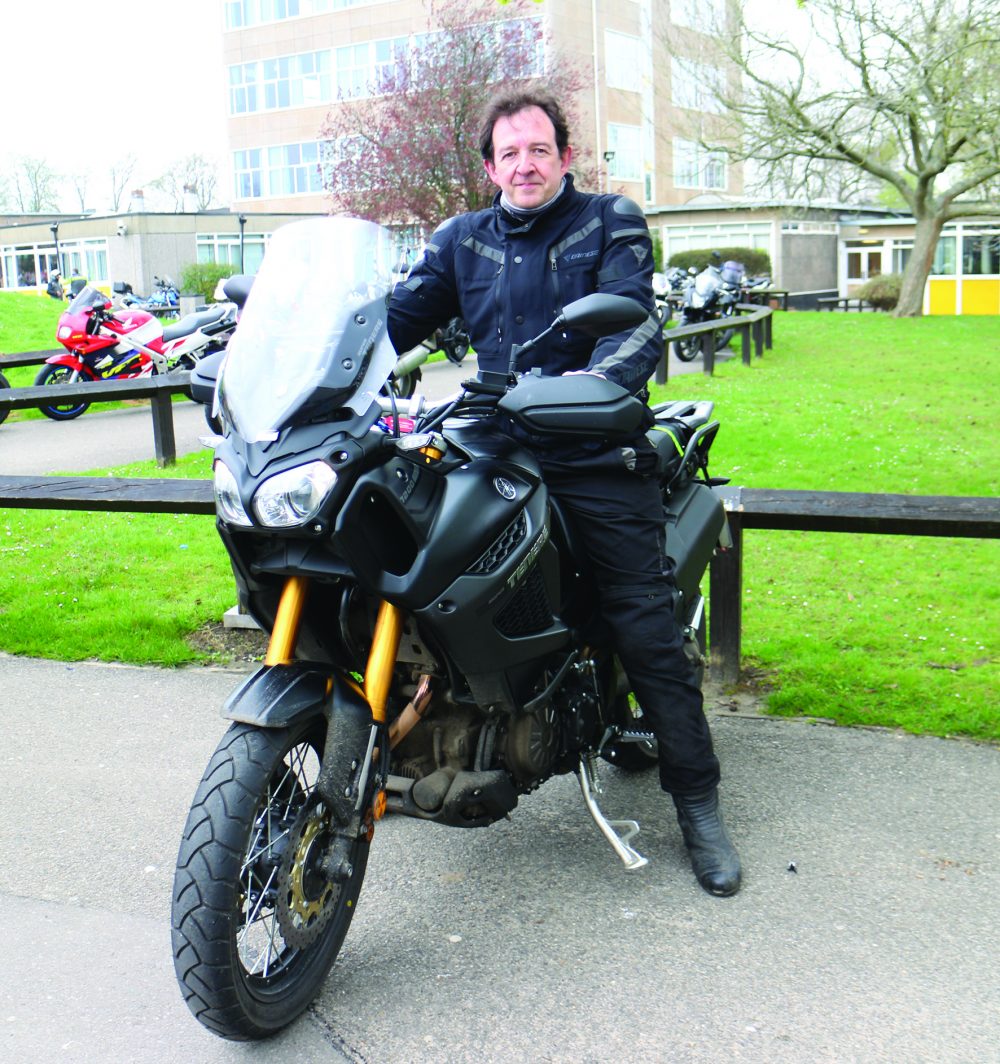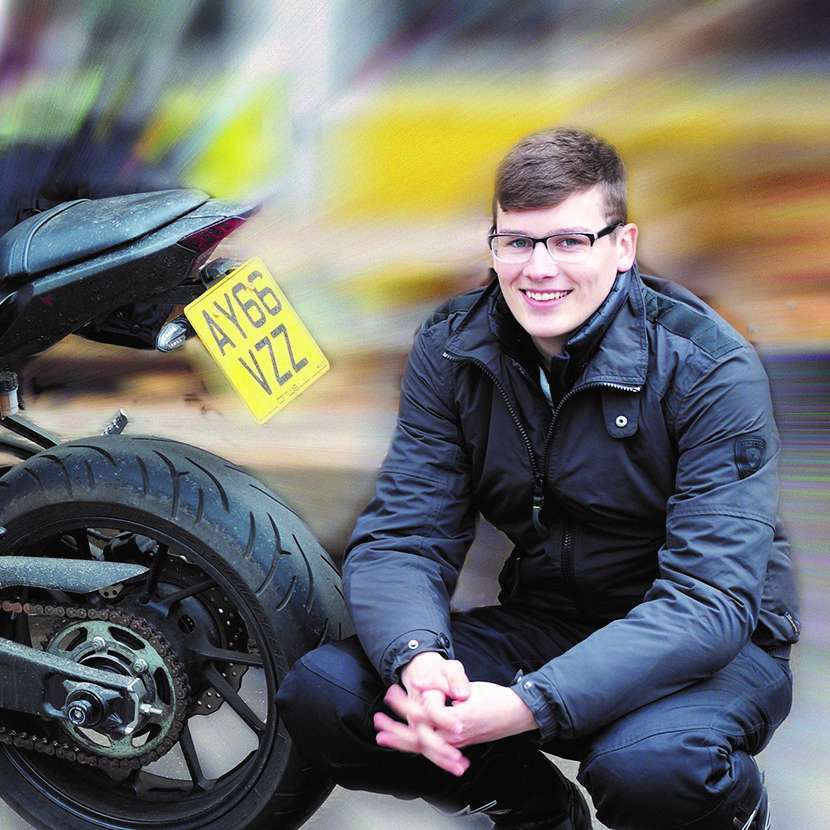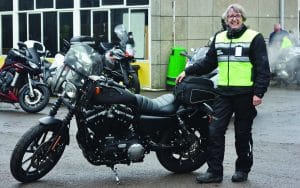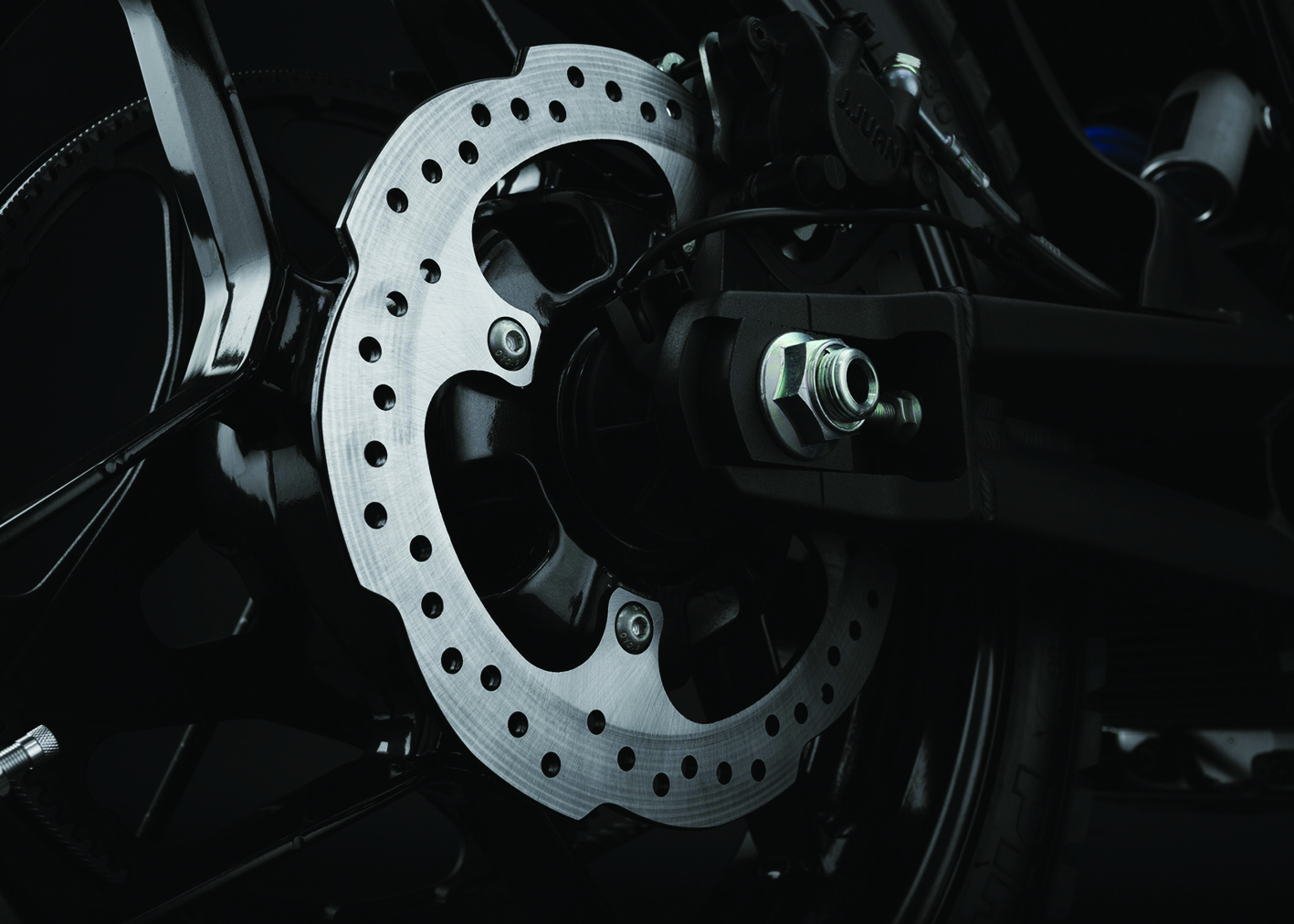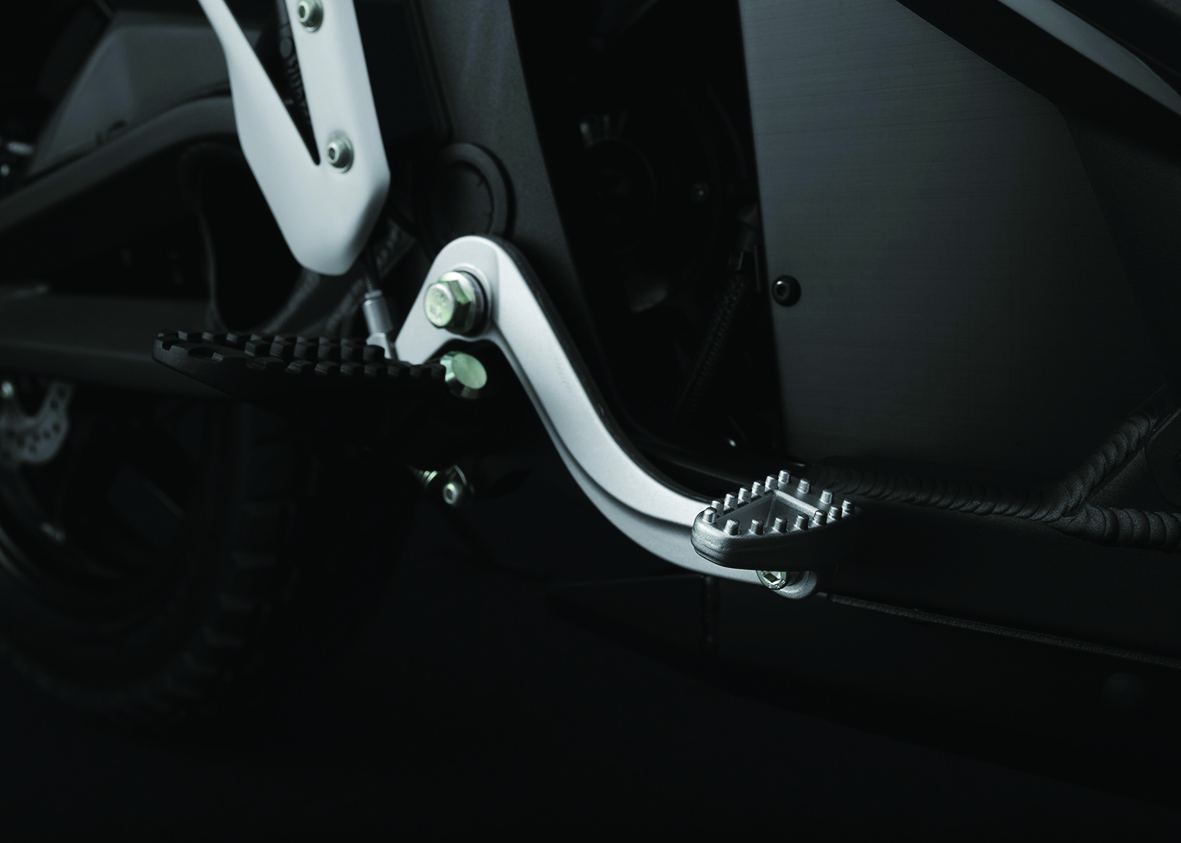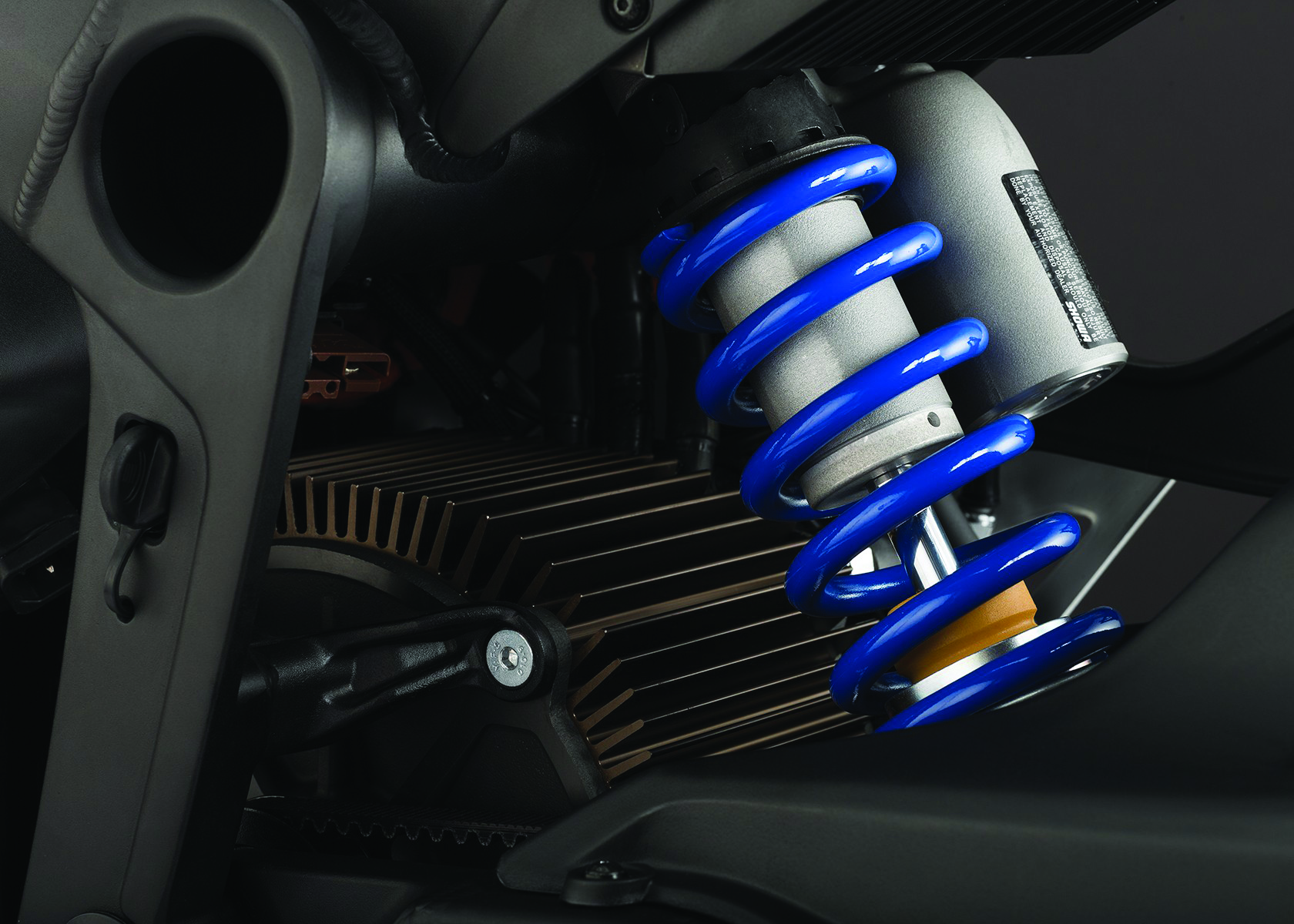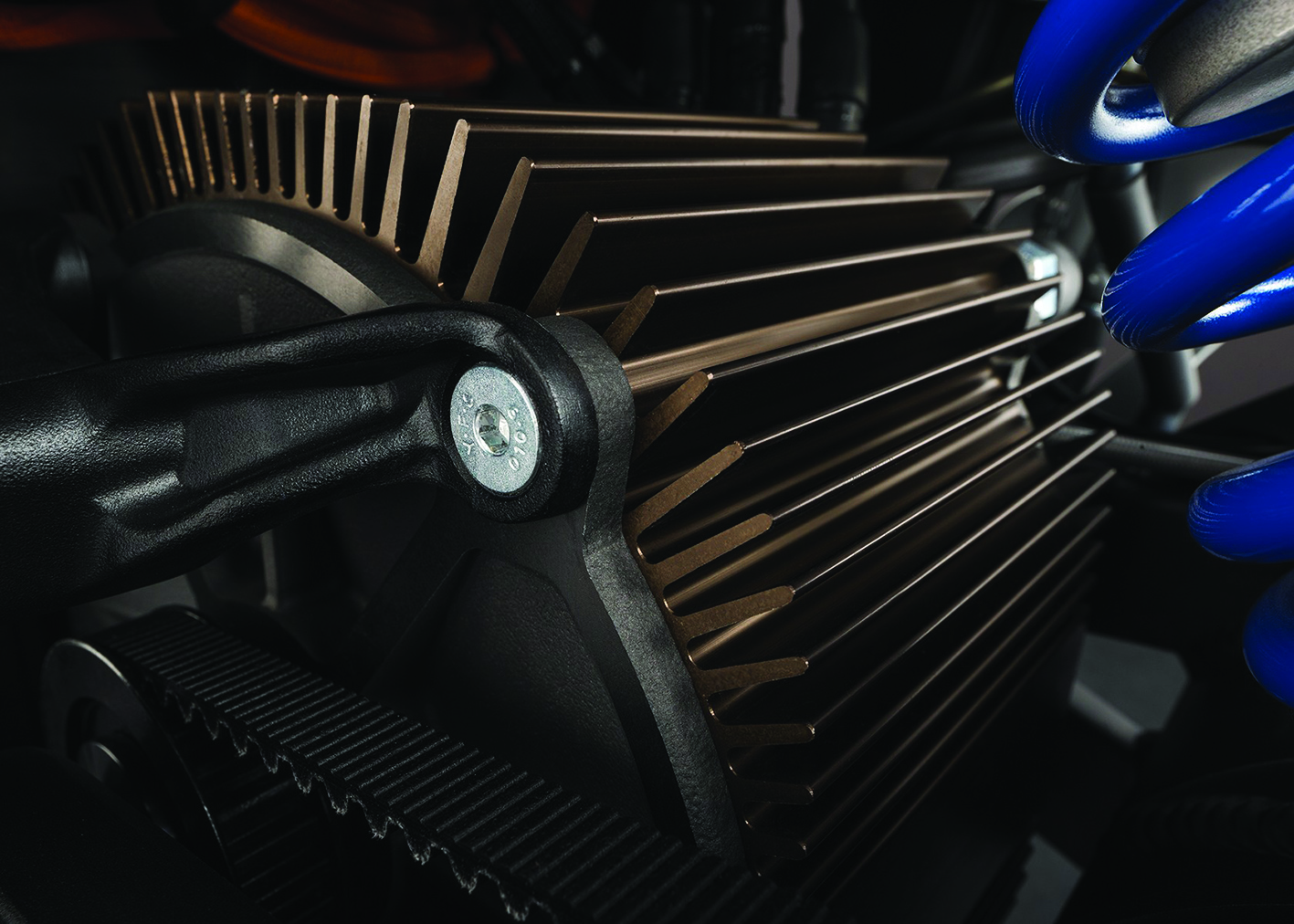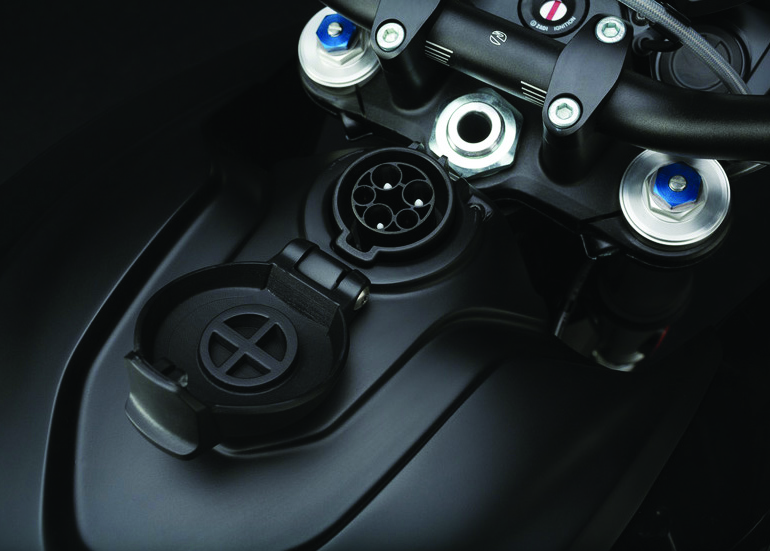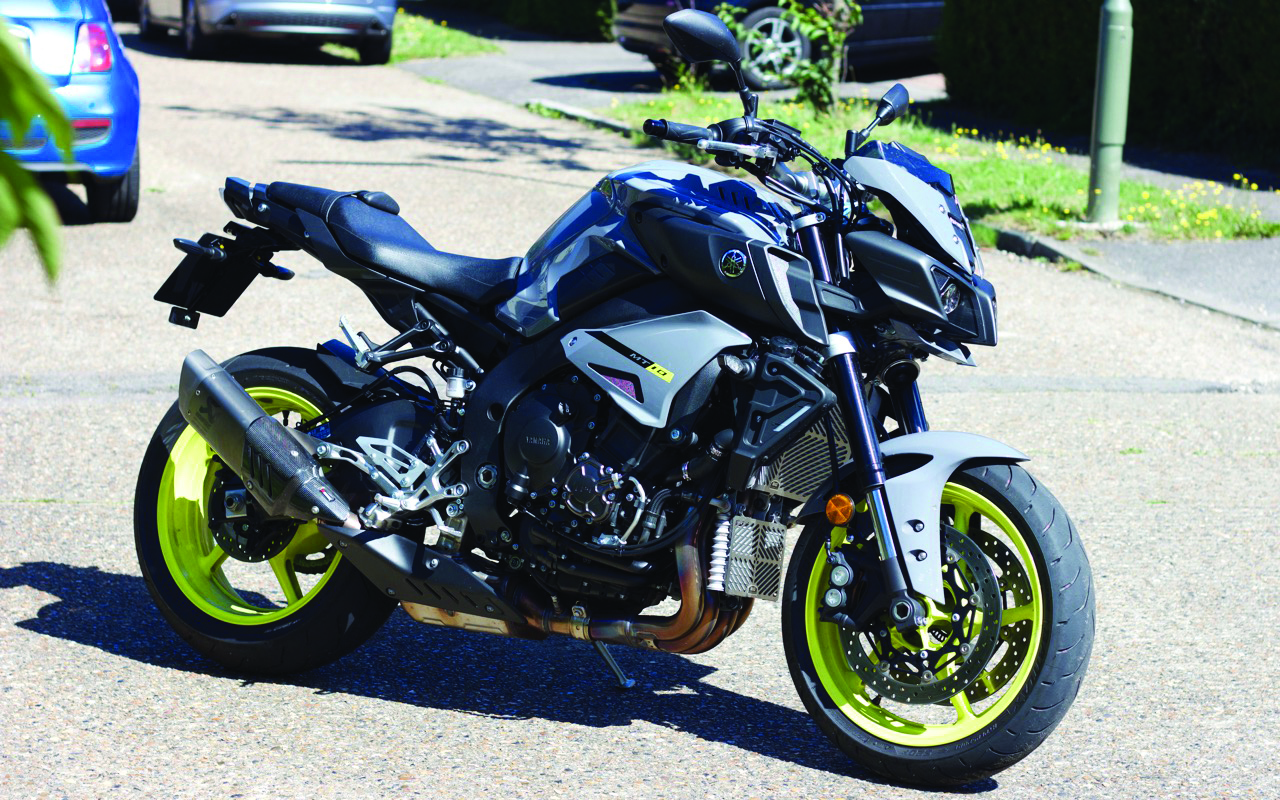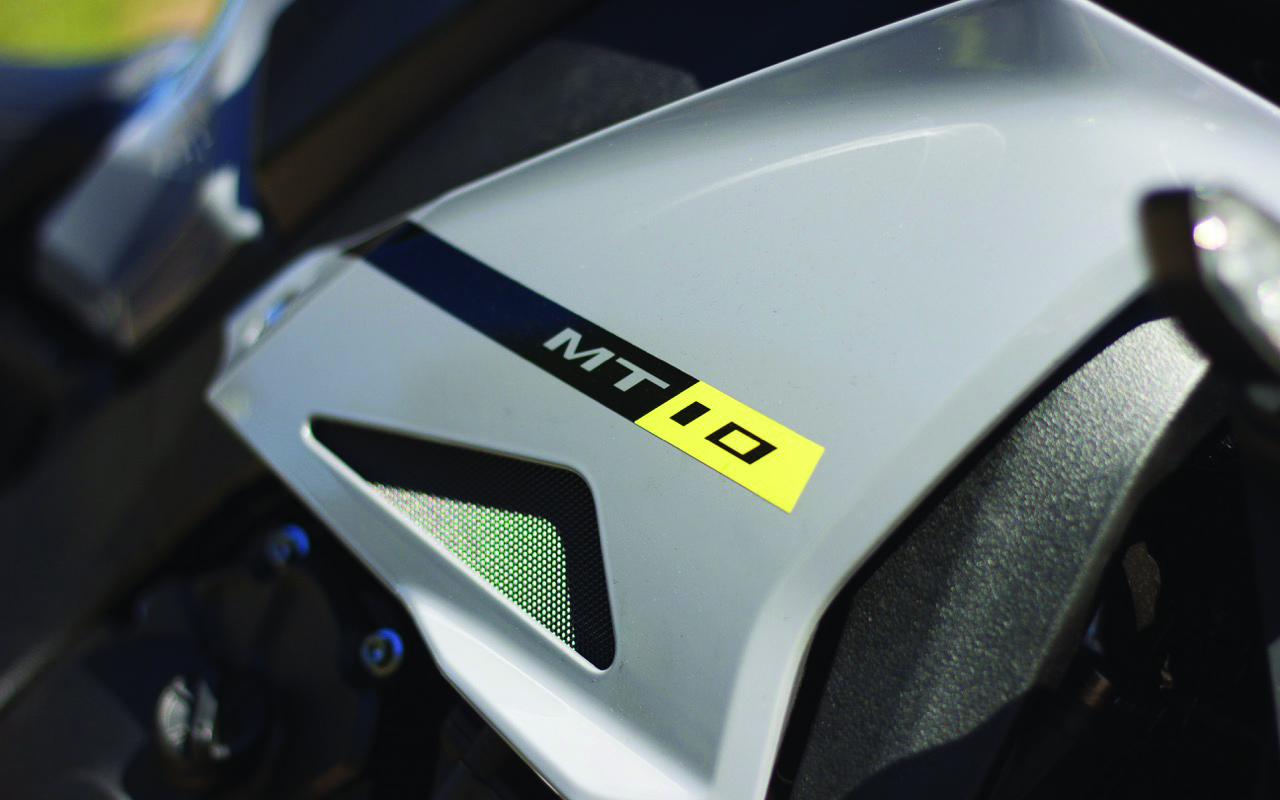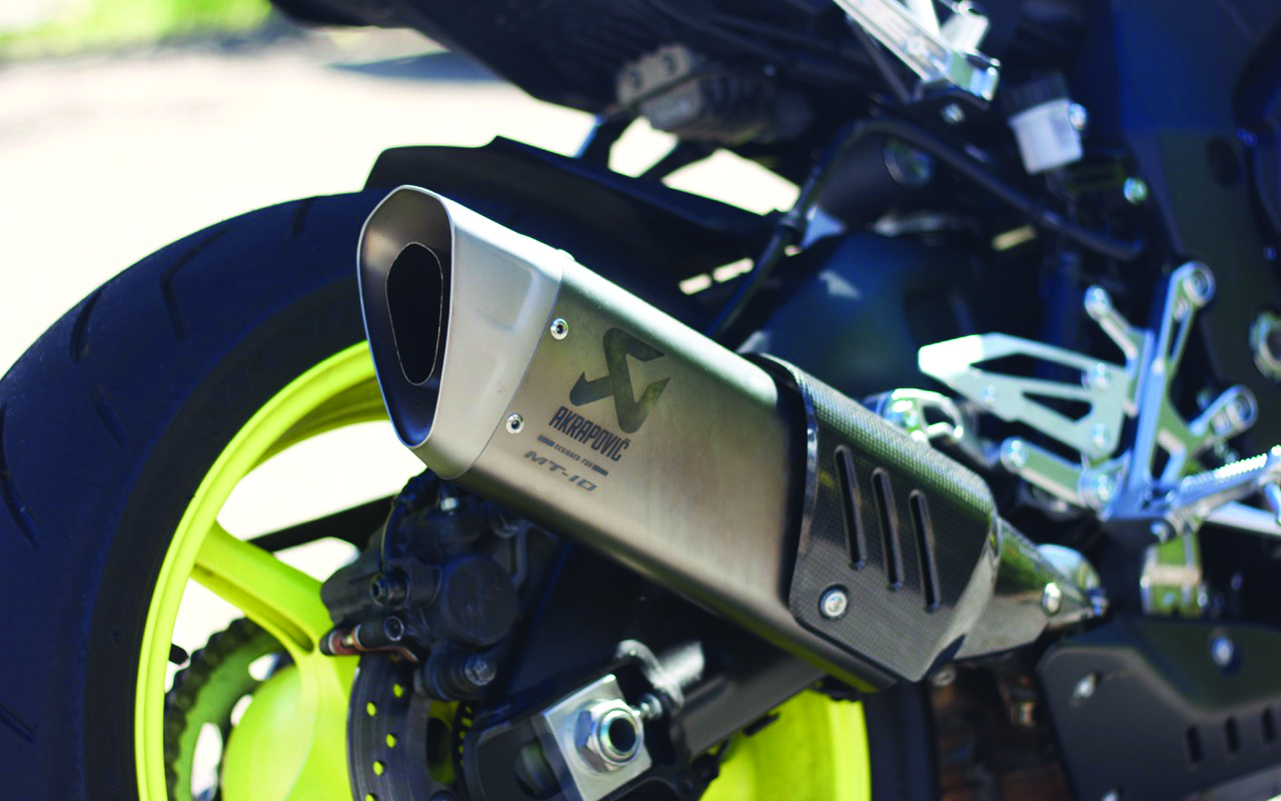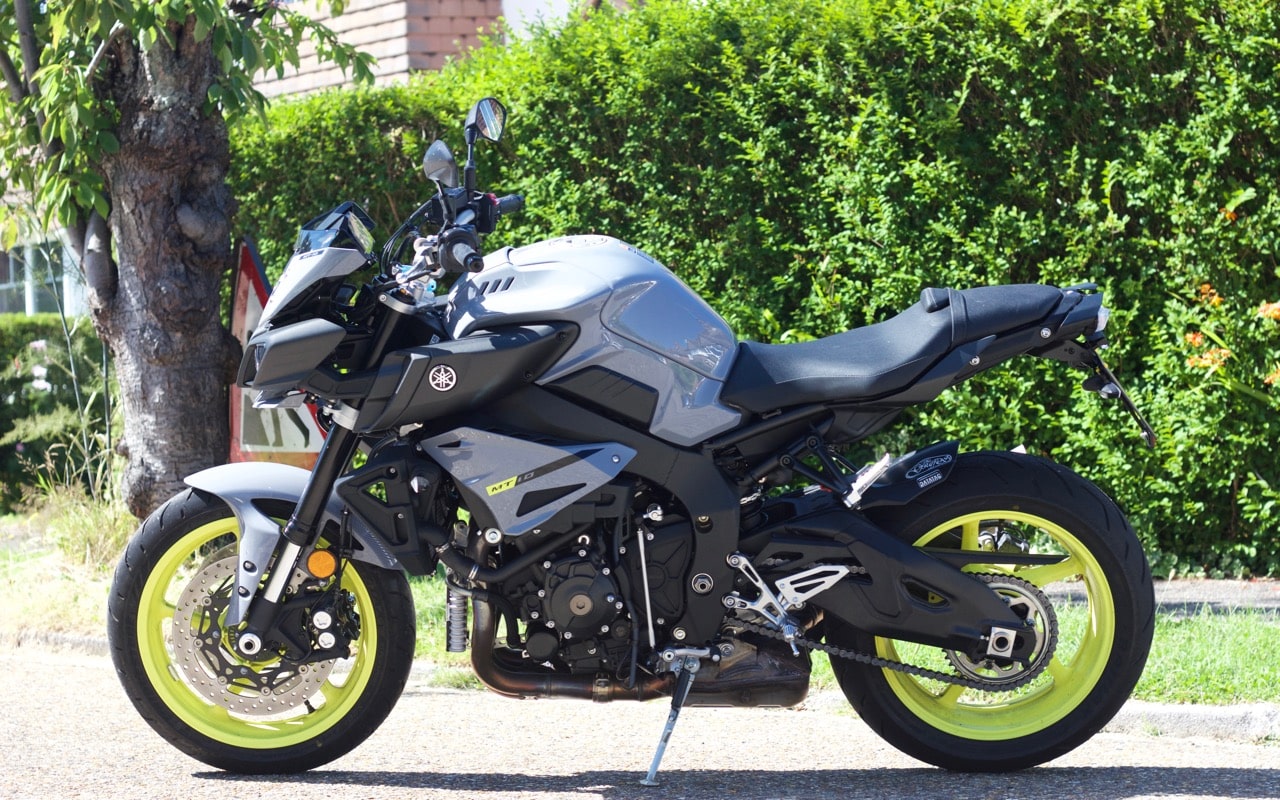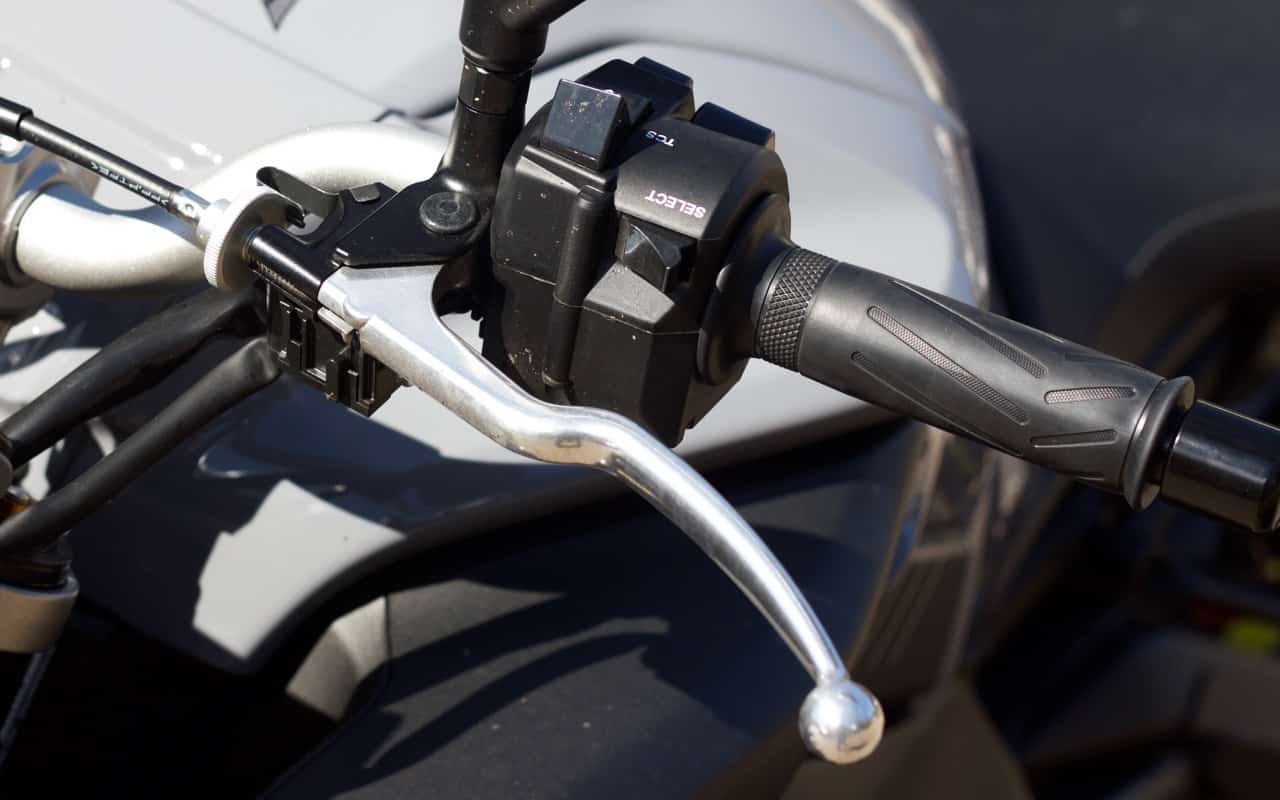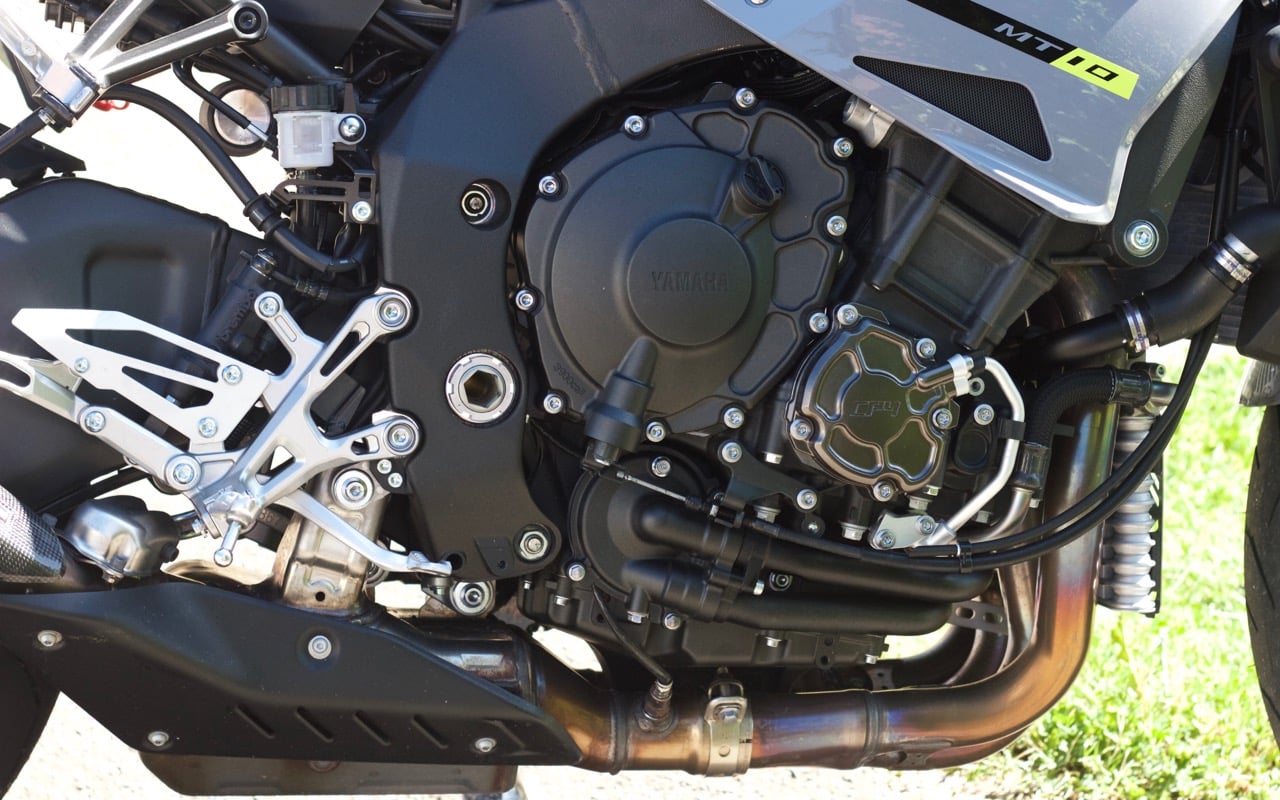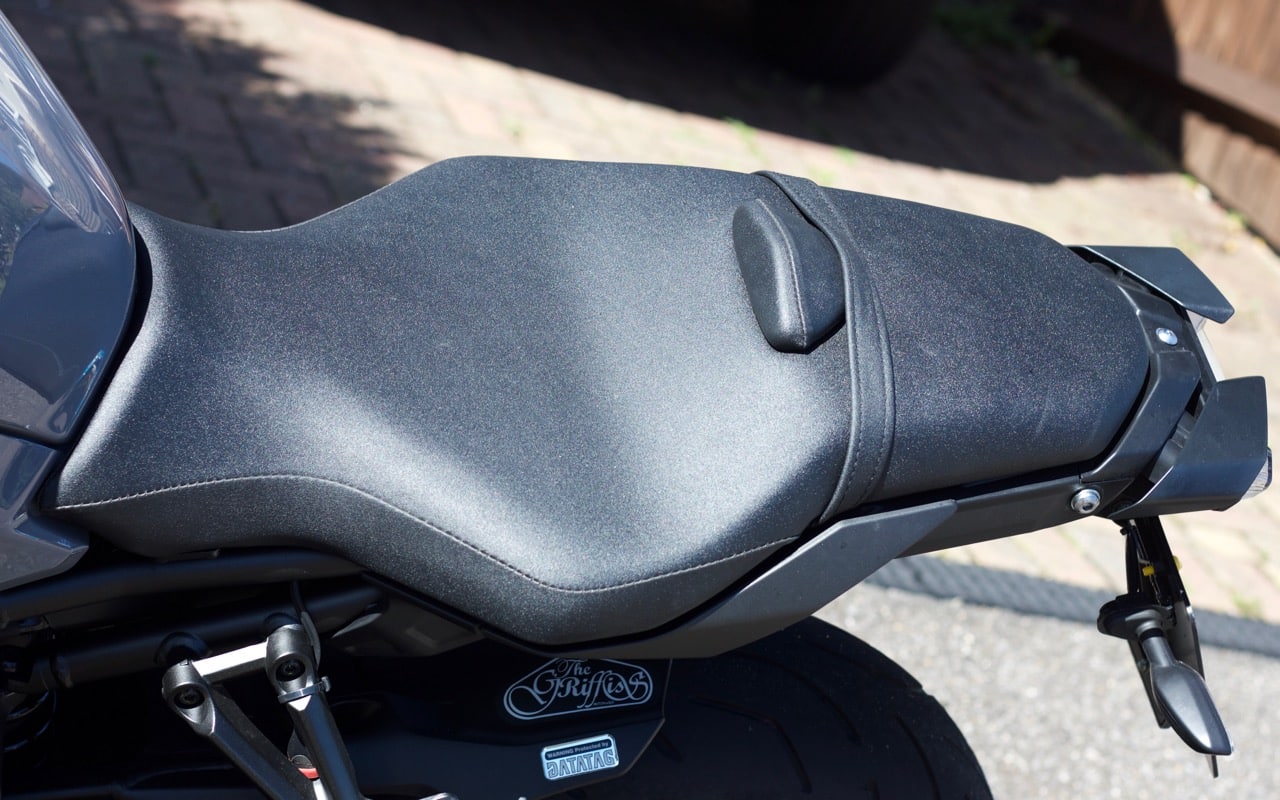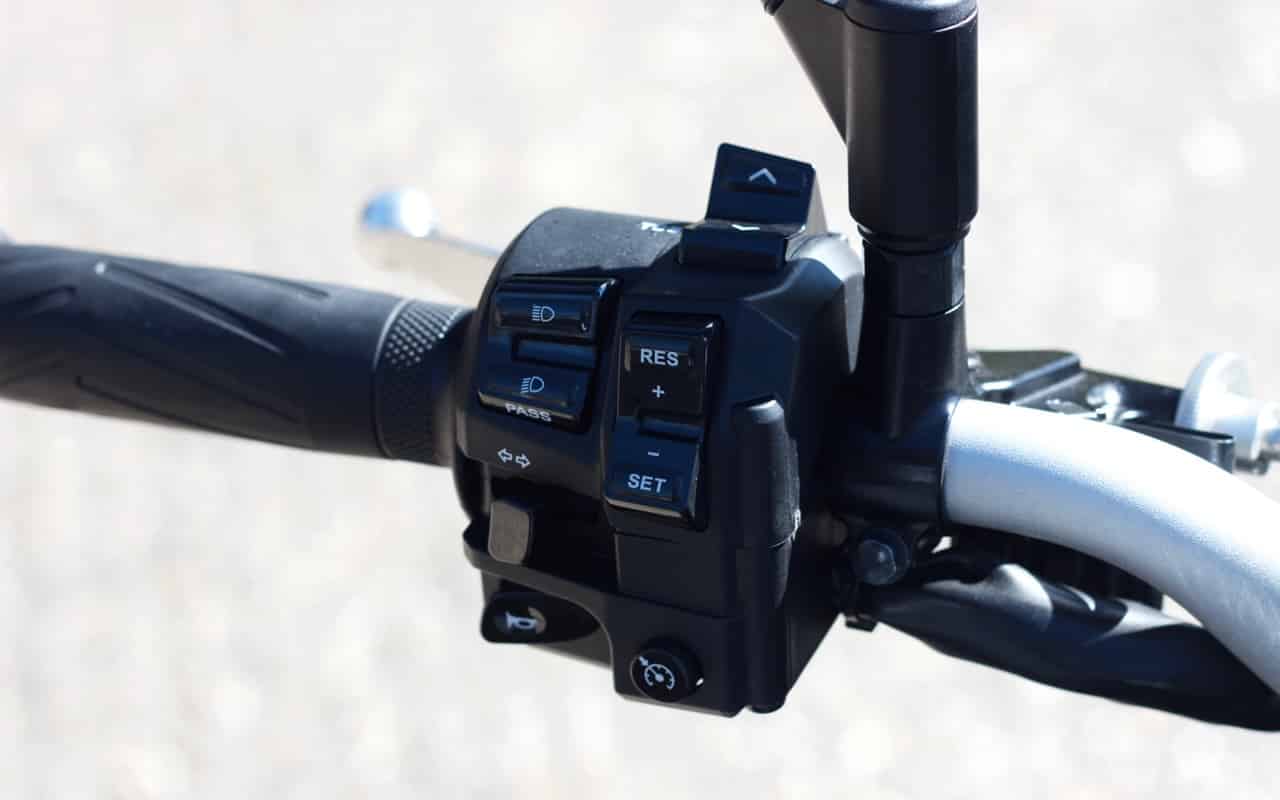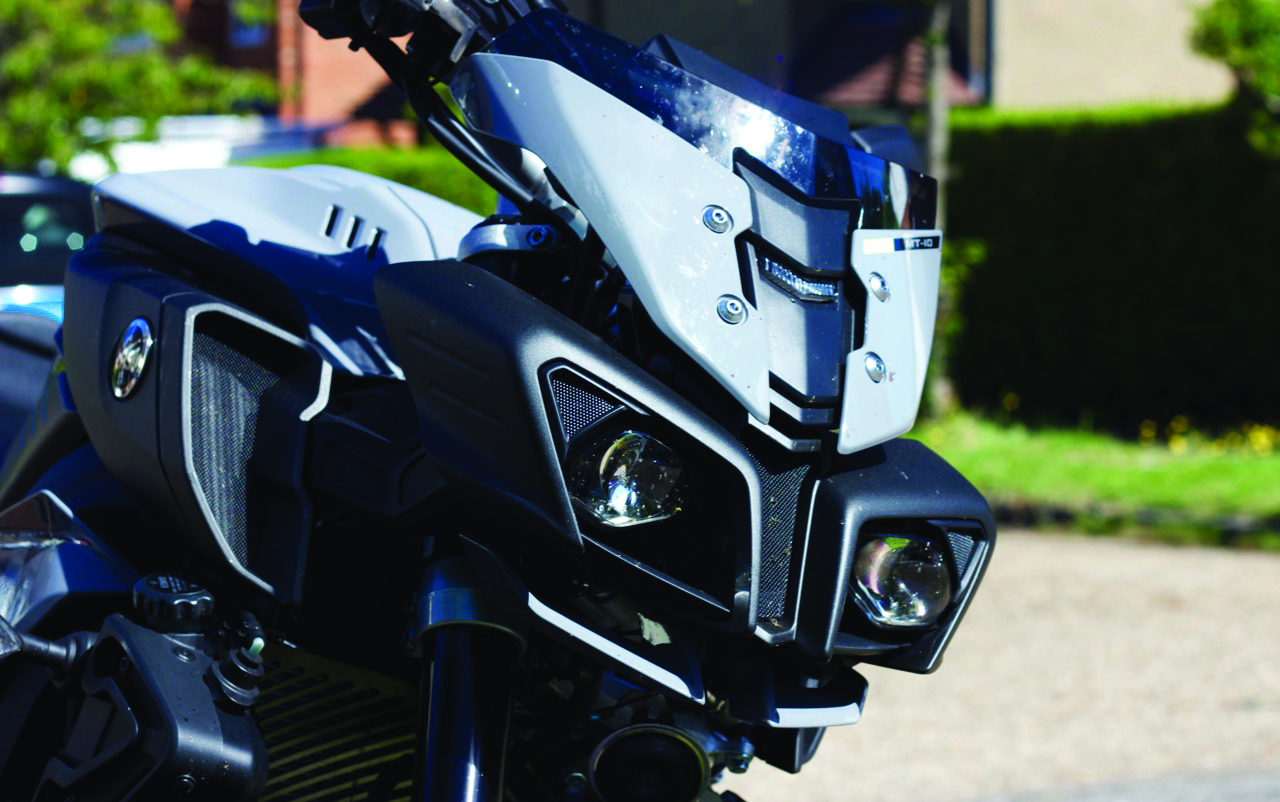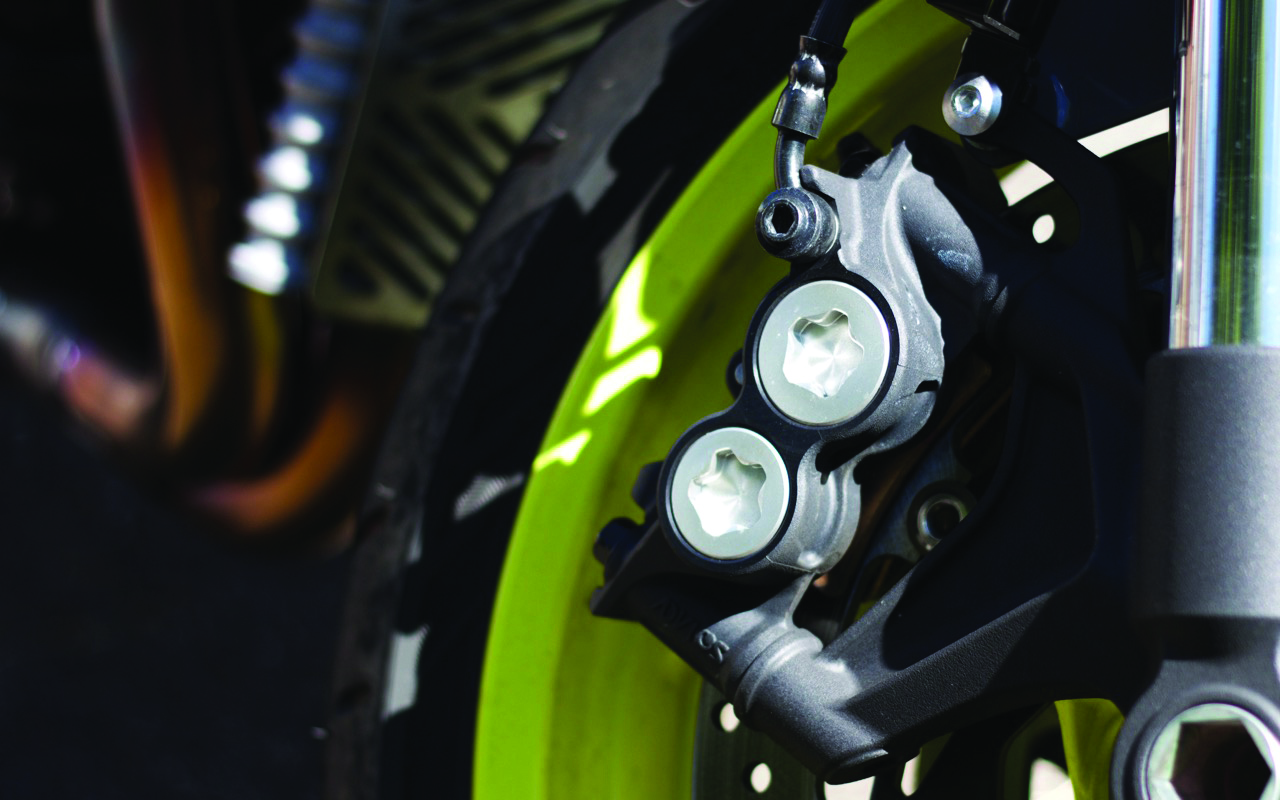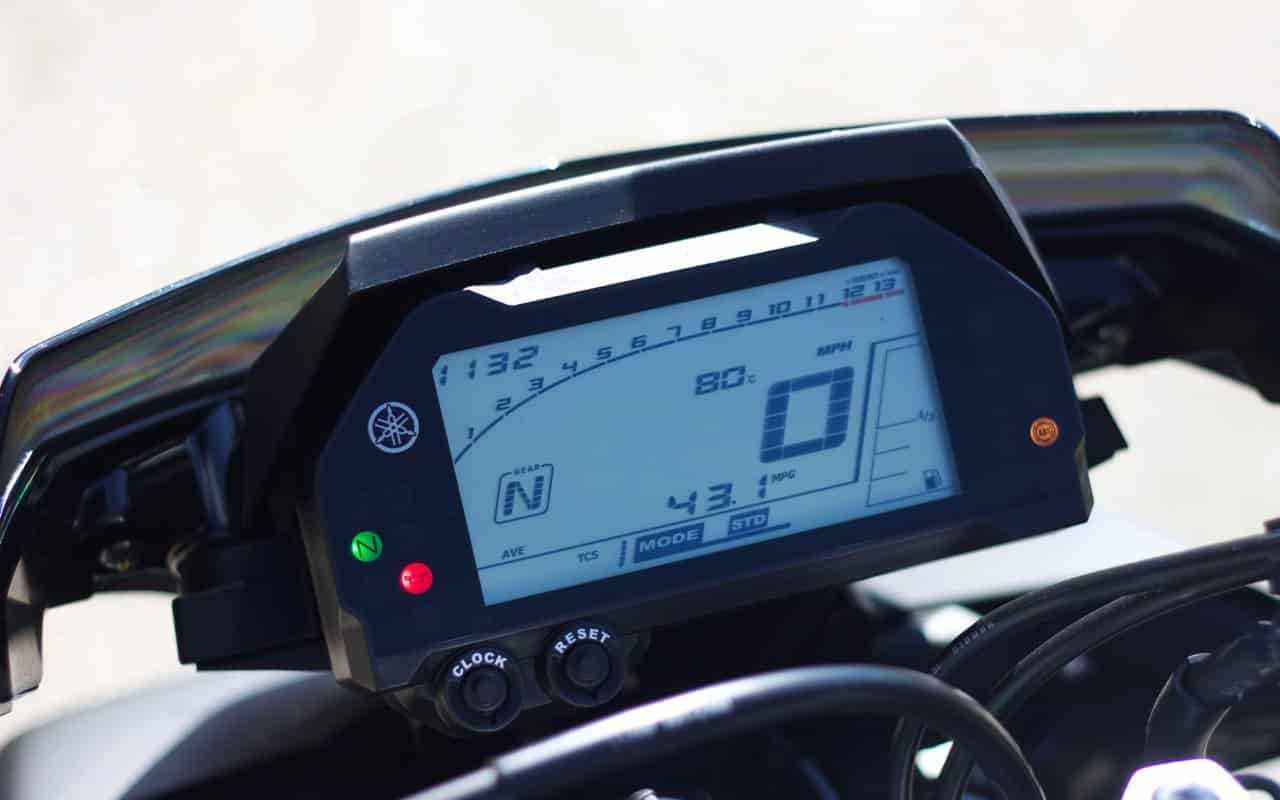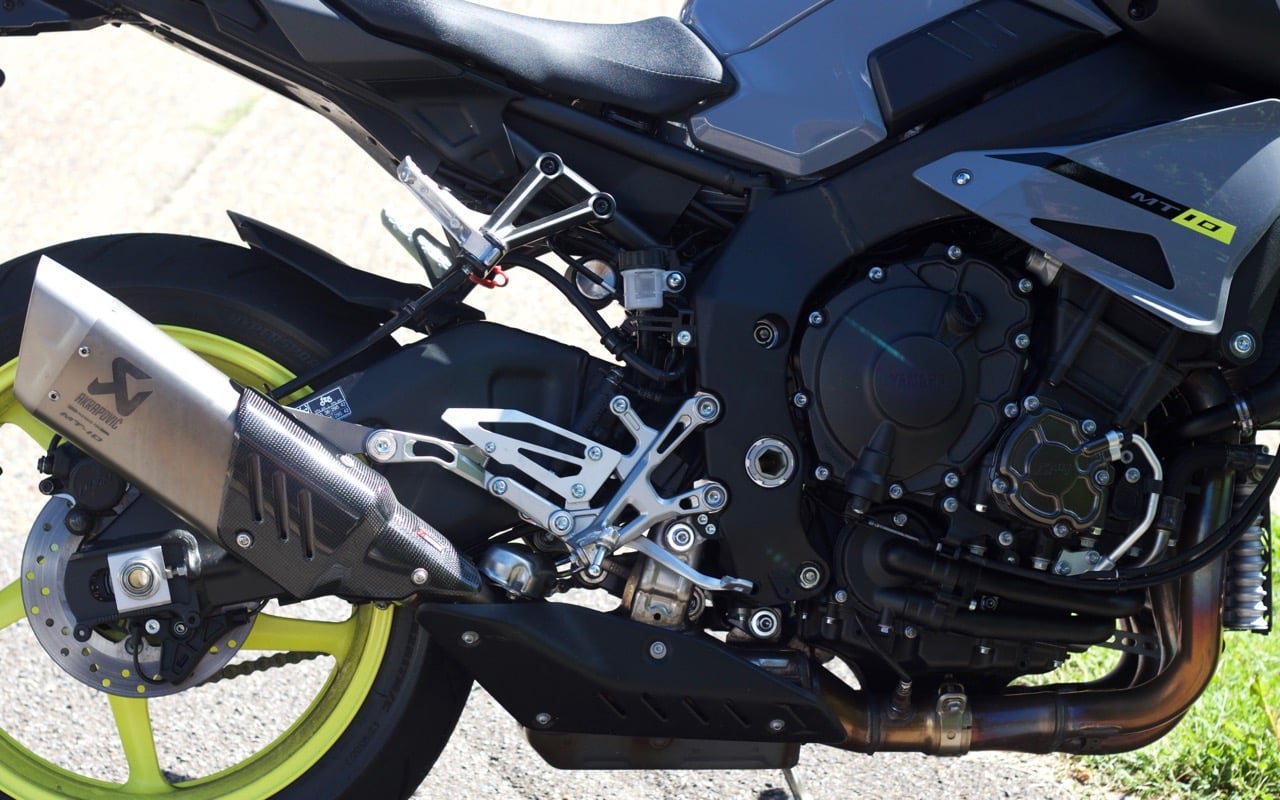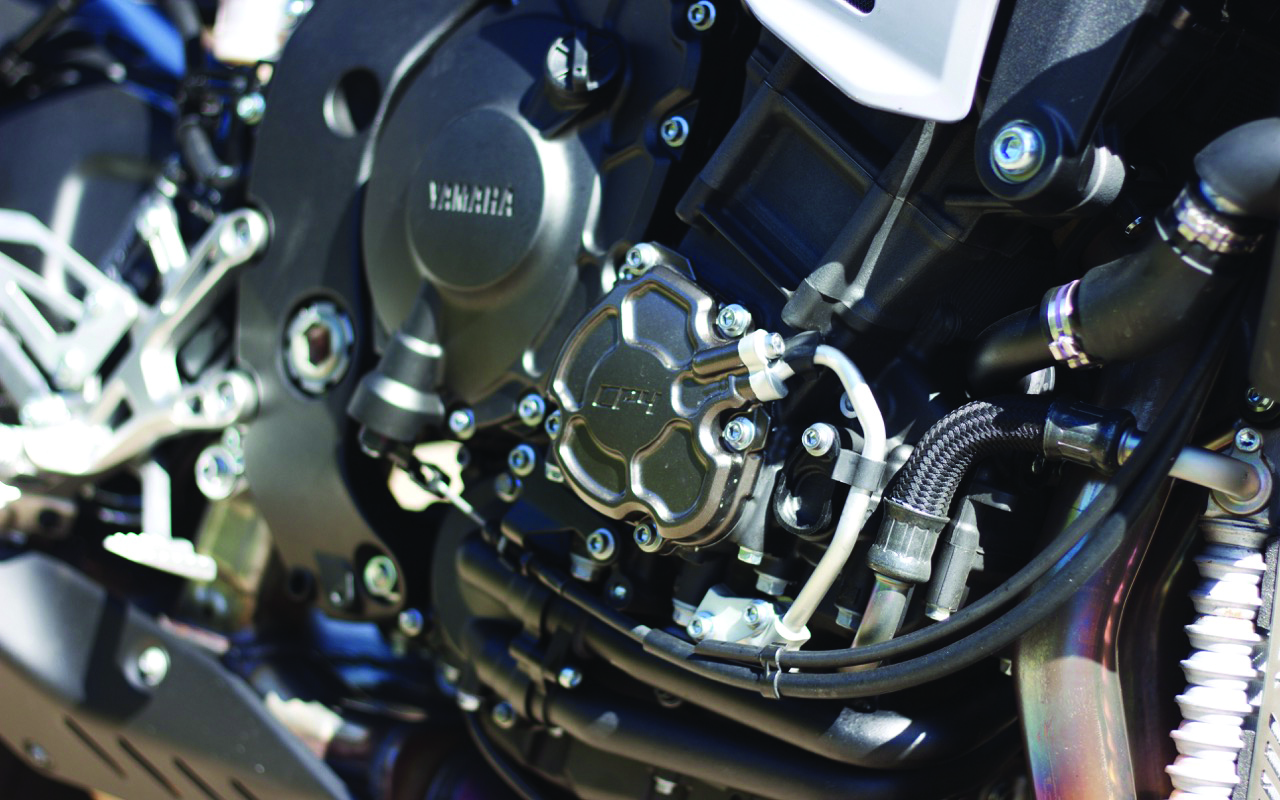BMW R1250GS Review
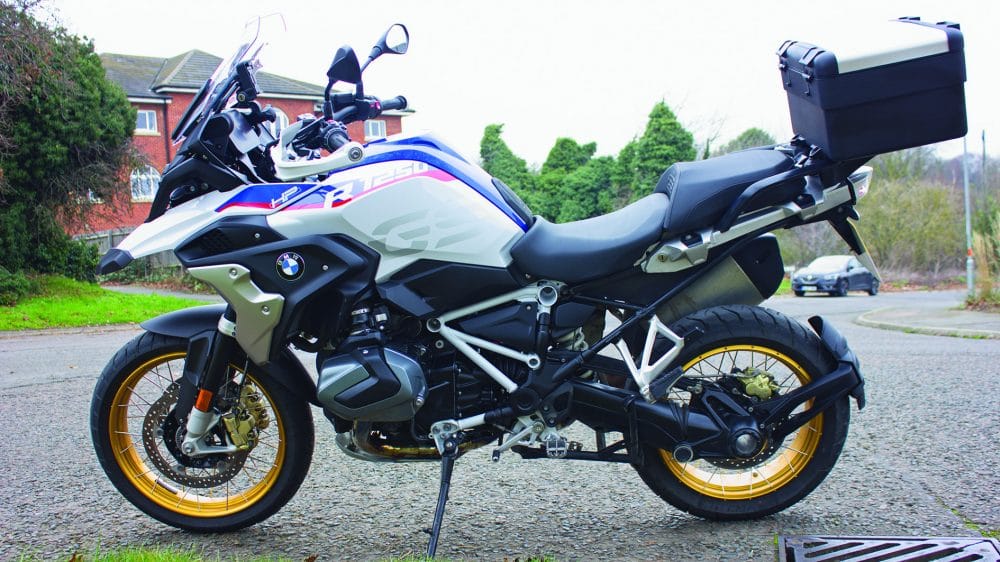
Henry Ford is said to have opined that, should he have asked people what they wanted from a future transport solution they would have simply requested a faster horse. Apple famously made its fortune delivering products that nobody knew they wanted, and it’s arguable that the original BMW R80GS did the same thing. Journalists at the time were baffled, complaining that it was too heavy to compete with dirt bikes, and that more traditional touring bikes had it beat on paved roads. Yet a combination of genuine everyday capability, iterative improvement and a healthy dose of clever marketing mean that the modern-day iteration sold more than 4,000 examples in the UK in 2017.
Almost 40 years of development brings plenty of improvements and refinements, as engineers try to satisfy marketing’s desire to appeal to wider and wider demographics. Lower seat heights entice the short of leg to join the fun, while better brakes and suspension as well as a power output 270% of the original bring in those of a more sporting persuasion. Stronger chassis and subframes provide the passenger and luggage requirements of the touring set and an ever-more sophisticated electronics suite rounds off the package for tech fetishists. The latest revision, the new R1250GS, really should be all things to all people.
Every major manufacturer is working hard to constantly broaden the appeal of every bike in their range. The main problem with iterative development arises when you keep moving the goalposts, when your target keeps shifting. Before you know it, you have lost sight of the original purpose of the thing you were building, and have created something that is a caricature of itself. But going backwards, aiming for less weight, less power, and more control would be unthinkable! It would surely be commercial suicide, as no-one would buy a bike that had lower numbers than the competition!
This story isn’t unique to the R1250GS or even to BMW; consumers have never been good at separating what we ‘want’ from what we ‘need’, and the people in charge of selling us stuff have zero incentive to discourage our appetites. Marketing, journalists and consumers all demand more power, but riders can’t actually handle that, so electronic aids are brought in to compensate. The chassis and suspension can’t handle it either, so they are both beefed up and yet more electronics added to shocks and forks in a desperate attempt to keep the rising mass of modern motorcycles under control at ever-higher speeds on fast-degrading roads.
All those electronics now mean that handlebar switchgear has begun to resemble video game controllers, so manufacturers are sticking with the theme and adding full-colour computer screens where the dashboards used to be. You need a half hour with the instruction manual to get the bike ready to go, and piloting a modern motorcycle at speed is now like flying a modern-day jet aircraft, the laws of physics kept barely in check by an overlapping network of electronic safety nets.
I rode the first-generation water-cooled R1200GS back when it first launched, and found it to be extraordinary. The tremendous capability of the machine far exceeded what I could make use of at the time, and while my riding has continued to develop in the intervening years I suspect that the 2013 machine still has more performance than the average rider can safely use on public roads.
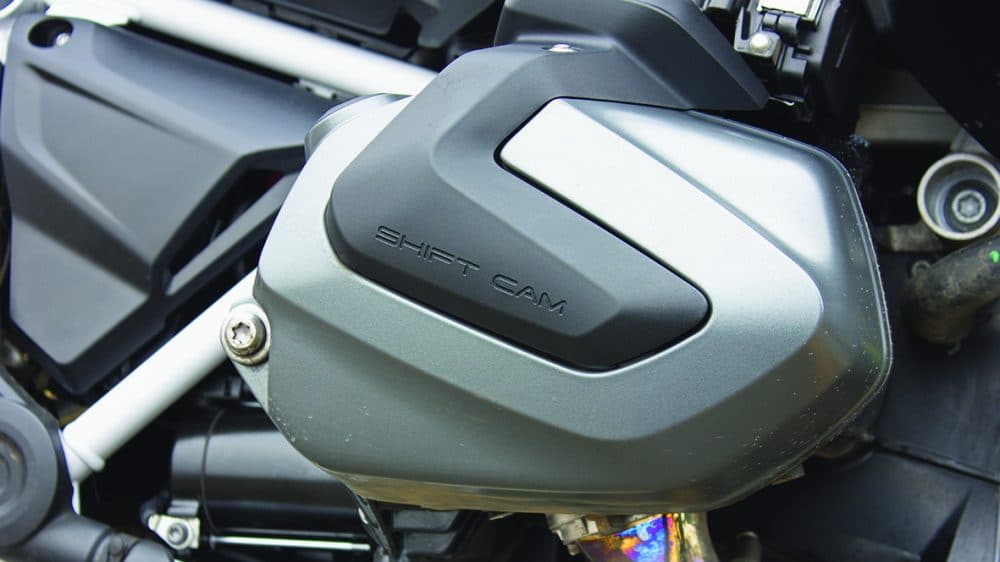
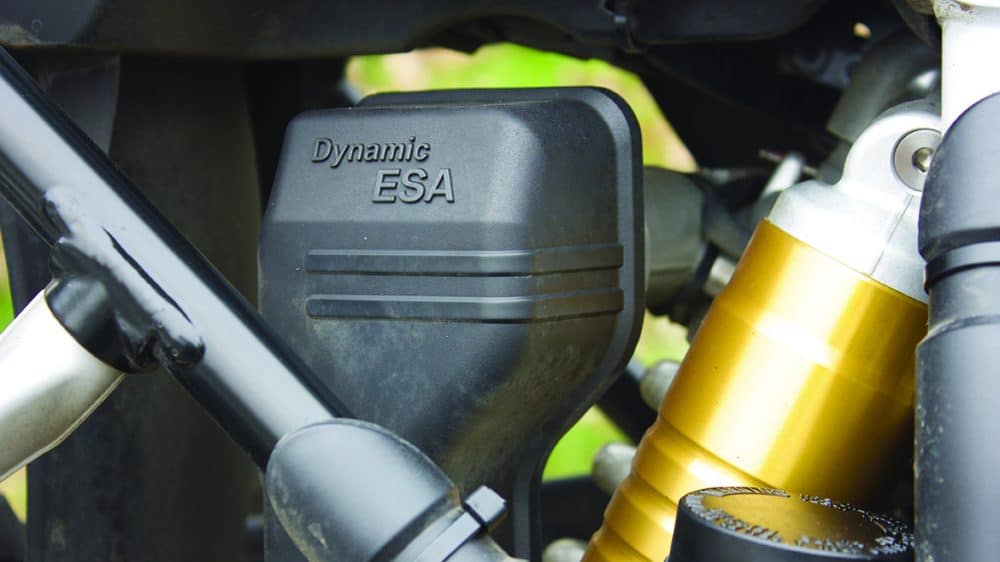
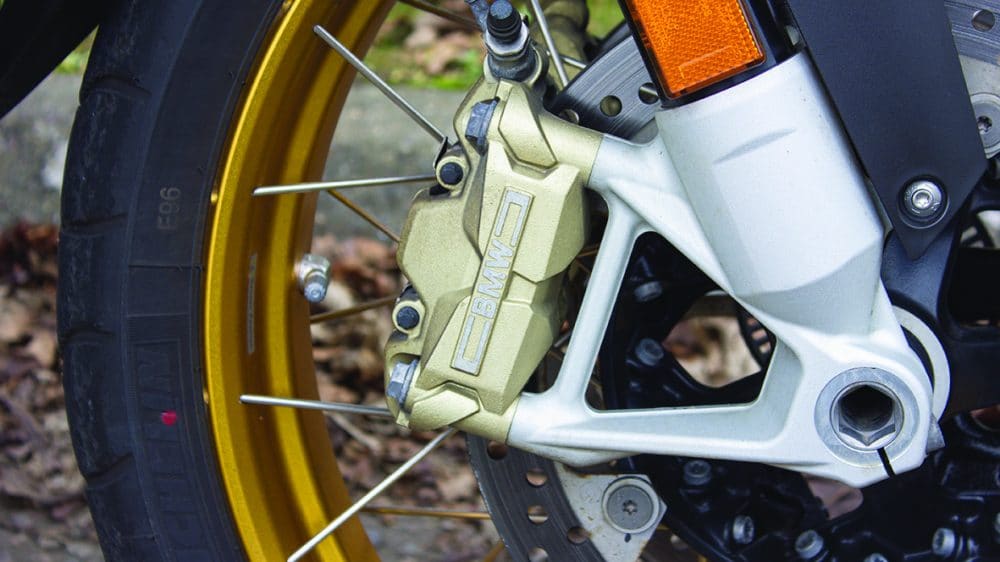
BMW hasn’t been idle either, making nips and tucks throughout the life of the water-GS, with premium features becoming standard-fit and new tech introduced almost every year to tempt well-heeled buyers into adding more ticks to their options list. In fact, the only really notable change over last year’s version is the extra 80cc’s of displacement that give the R1250GS its name. As such this new BMW is simply an example of the culture of excess that has spread throughout mainstream motorcycling; let’s see if we can identify the straw that broke the camel’s back.
Figures show that mass has increased over time, with the latest GS now weighing in at a shade over 250kg with a full tank of petrol. The optional spoked wheels add a few more kilos, as will the crash bars, luggage and other accessories that owners will undoubtedly bolt on (or more likely have their dealer install). Styling tweaks have served to add a fair bit of visual bulk over the years, and the German flagship is now a truly imposing beast.
Switchgear is of high quality, with a satisfying feel that is a joy to use – with the sole exception of the indicator and cruise-control switches. There’s so little movement that you find yourself looking down to confirm you’ve definitely pressed them. Despite adding an actual scroll-wheel (which itself contains an additional two tilt buttons) many of the dozen or so buttons have different functions depending on how long you hold them down. Outside of the basic riding functions, the bike is impossible to operate without looking down at the gloriously animated full-colour high-resolution digital dashboard.
The new BMW computer screen is far better than anything Triumph, Ducati or KTM have on offer at the moment, and feels like a genuine functional improvement over existing analogue or LCD units. It’s large, clear and easy to read even in direct sunlight, uses colour to enhance rather than distract, and provides all the information you need at a glance. Triumph’s units have fascias so large they remind me of old CRT televisions, and reading a Ducati TFT is like trying to decipher a detailed spreadsheet.
And yet, as I alluded to earlier, I strongly suspect that BMW’s primary motivator was not to one-up the competition, but simply to make all their technology manageable through a graphical user interface. It’s already a bit like using a digital watch, with multiple functions attached to each button, and navigating the various menus via the left-hand scroll wheel is probably something that gets easier with familiarity. There are main menus and sub-menus, with screens hidden behind other screens. At one point I resorted to turning the bike off and on again as the fastest way to get back to the regular dashboard layout.
The R1250GS has all the hallmarks of a bike designed through exhaustive focus testing. It has loads of power – 135bhp and 143Nm of torque. The levers, screen and seat are all adjustable, and the suspension can not only be adjusted electronically on the move, it’s now self-levelling depending on load and passengers, and even adjusts the damping in real-time to manage whatever surprises the road surface can throw at it. The brakes, despite no longer sporting the ultra-fashionable Brembo logo, are stupendous; how quickly you can stop is solely dependent on how much g-force your upper body can handle.
You can attach loads of luggage, and even remove the pillion seat for more space to strap stuff to. The lighting is now full LED, and fully automatic. It has cruise control for long motorway trips, the seat is comfortable and the windshield height-adjustable from the cockpit. It even gets acceptable fuel economy, and only very aggressive riding managed to push the average mpg down below 50. Everyone wants multiple riding modes now, so it has those too. Good grief, it even has a quick-shifter, something originally designed for racing and now this season’s must-have accessory. As I said earlier, this bike has been designed to be all things to all people, the formula polished until it gleams – this should be the perfect motorcycle.
And yet, there are serious issues. Every review of the R1200GS inexplicably complained that it was underpowered compared to the competition, and so an incredibly clever new variable-valve timing system was developed that boosts torque and power across the entire rev range. Despite the 80cc more cubic capacity this enormous engine revs up more like an inline four-litre bike engine than a big, torquey twin. I’m used to the snatchy aftermarket quick-action throttle on my Triumph Street Triple, and in Dynamic mode the R1250GS was far twitchier.
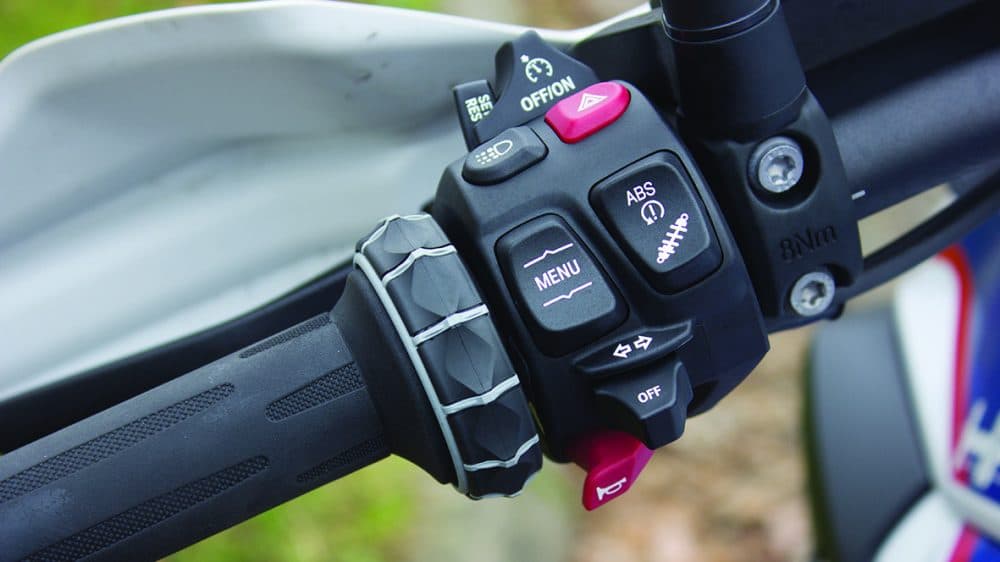
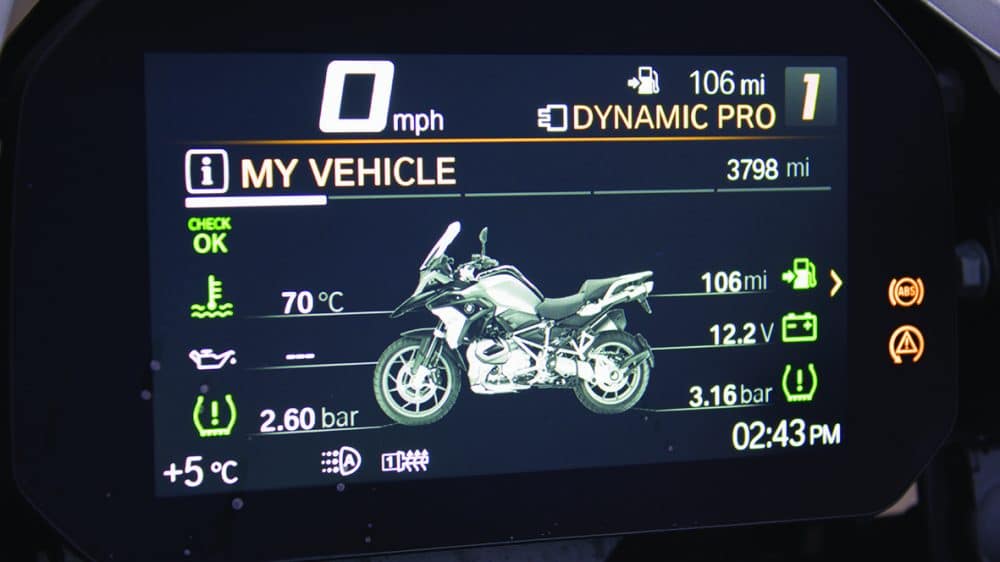
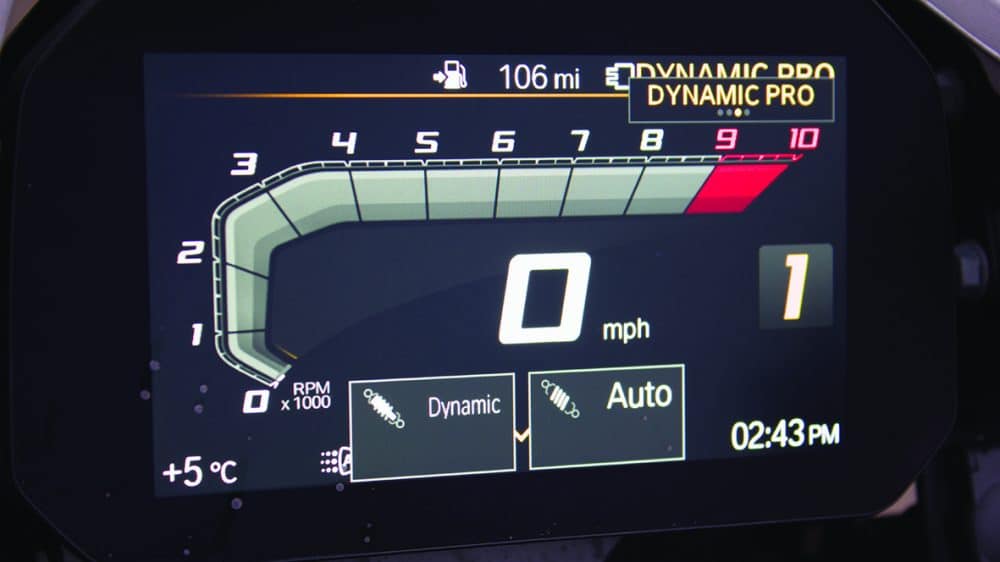
BMW know this, which is why you have to pay extra to even get access to that particular riding mode. ‘Road’ and ‘Rain’ dampen response considerably, but also add a woolly feel and even hesitation that made smooth gear changes extremely difficult. The new quick-shifter suggests that BMW spotted this issue as well, allowing fully hands-free gear shifts. Unfortunately, in almost all circumstances it works very poorly, resulting in jerky upshifts and even worse downshifts. It was so bad that I was prompted to ask the BMW rep if the system was disabled on my example, and I was condescendingly told that I merely needed to get used to it. Perhaps having your pillion’s helmet crashing into the back of your own is an acquired taste?
Similarly ferocious sportsbikes are normally equipped with extremely stiff suspension to counteract the squatting and diving forces caused by accelerating and braking. Matters are complicated somewhat when you’re carrying around 50kg of reinforced subframes, and probably another 100kg of luggage and passenger. But touring riders want a soft, comfortable ride, so computer-controlled suspension is available to try and provide the best of both worlds. It’s a testament to BMW’s engineers that it almost succeeds. The trick, it seems, is to keep the shock absorbers soft most of the time, and then firm them up quickly in response to large, sudden inputs to control excessive movement.
In practice it seems that the on-board computers just can’t cope, at least on Northamptonshire’s rutted tarmac. Small surface undulations are absorbed well enough in ‘Road’ mode, making for a comfortable ride and allowing you to maintain the rapid pace that the engine enables. But hit a patch of rougher asphalt and the dampers seem to lock up, transmitting the shock into the chassis and causing the entire bike to shudder and flex. I’m afraid it’s not what I’d expect from a brand new £16,000 flagship.
Switching the suspension over to ‘Dynamic’ simply made matters worse, delivering a ride so firm that both wheels were frequently bouncing off the ground and triggering the ABS and traction control. The only solution was to ride more slowly, rendering all that power utterly pointless.
Perhaps a beefier rider might better suit the spring rates that BMW have chosen for their shocks, and if you only stick to smooth, open roads you may find the suspension to be perfectly adequate. But surely the whole point of adventure bikes is that they allow us to continue enjoying our roads even as they continue to fall apart? Perhaps that fast-revving engine would be blunted somewhat were I to weigh more than my meagre 70kg, and the bike further loaded down with a pillion and full complement of hard luggage. And perhaps the steep inclines and high altitudes of the Swiss Alps would smooth things out the rest of the way. But unless I just described your sole use-case of a purportedly ultra-versatile machine, I think there are less compromised solutions out there.
I really wanted to like this new GS, I really did. I have tremendous respect for the bike and the BMW brand, and I think that they’re one of the few manufacturers actively trying to solve the marketing and dealership problems that threaten to strangle the motorcycle industry. But I’m afraid that their product has fallen victim to fashion, and the demand for more power and gadgets has resulted in a demonstrably compromised motorcycle. I’d love to see what a 900cc version would look like – 100bhp and a 30kg diet might be the sweet spot, and more of the bike could be enjoyed without computer interference at every turn. It’s a shame the road-oriented F750GS has been so badly neutered to give the off-road focused F850GS room to breathe.
Unfortunately, from my perspective, the iconic motorcycle that kick-started the entire adventure segment has now become just like the company’s cars: overweight, overcomplicated and overpriced. An impressive technical showcase whose electronic faculties are less of a testament to innovation and more of a desperate attempt to win the ultimate game of motorcycle Top Trumps. It’s a little bit like my cooking, in fact: all the right ingredients, yet somehow the result just leaves a bad taste in your mouth.
Nick Tasker
First published in Slipstream May 2019

